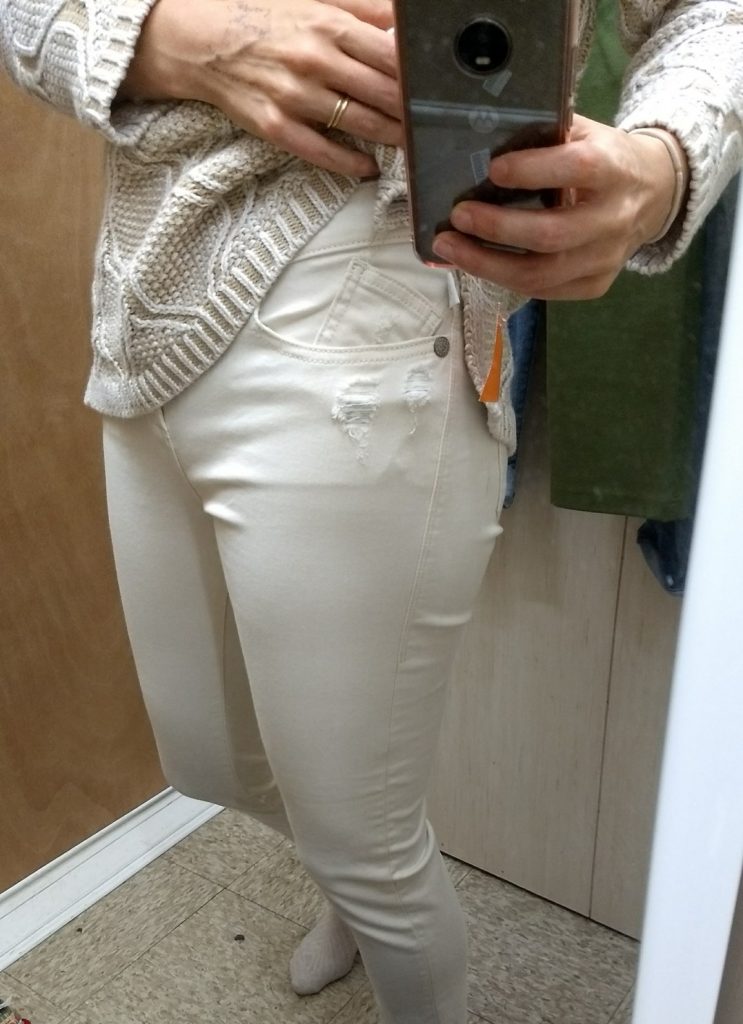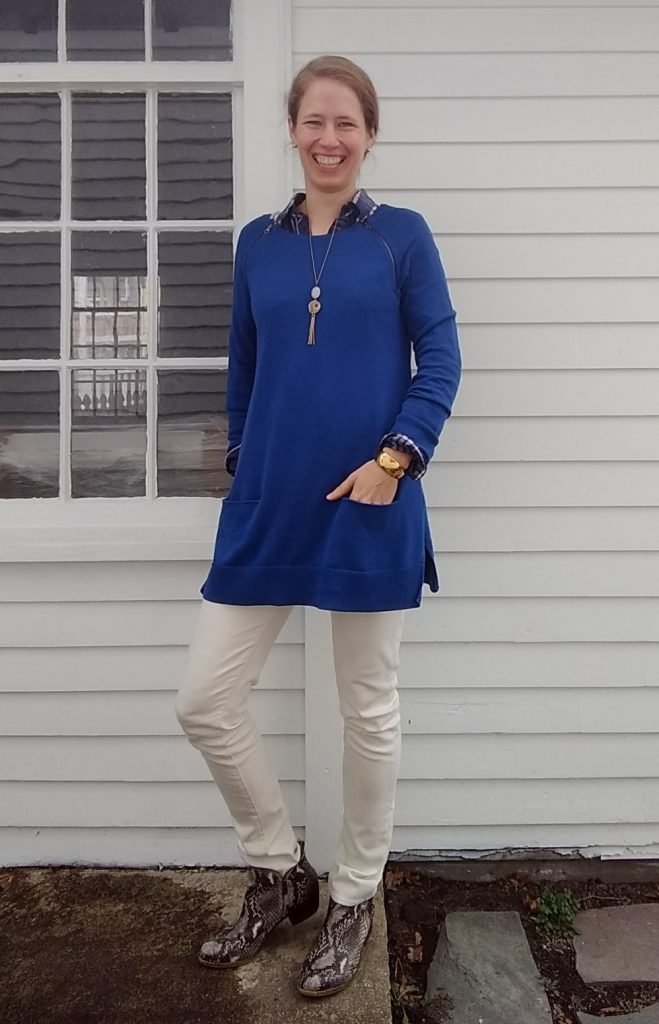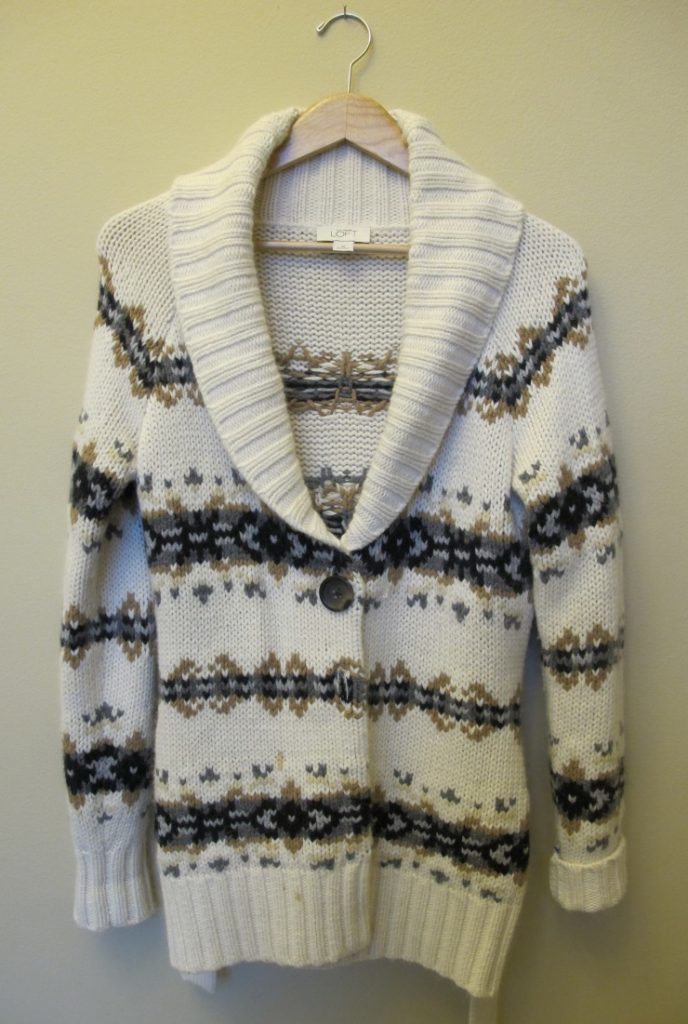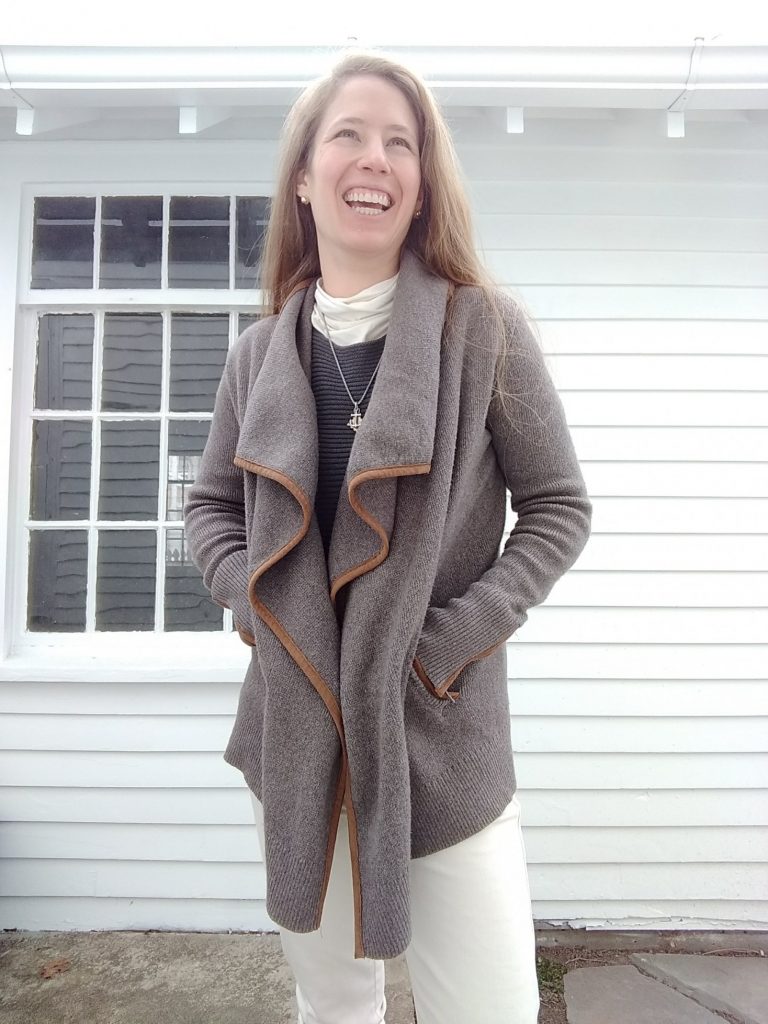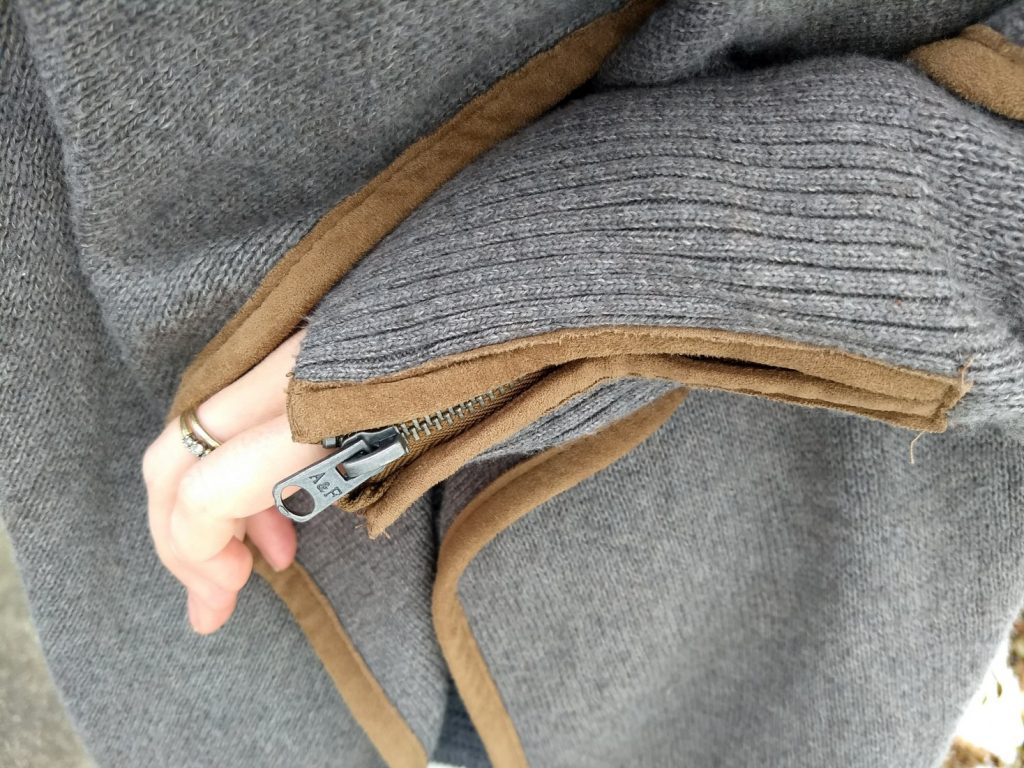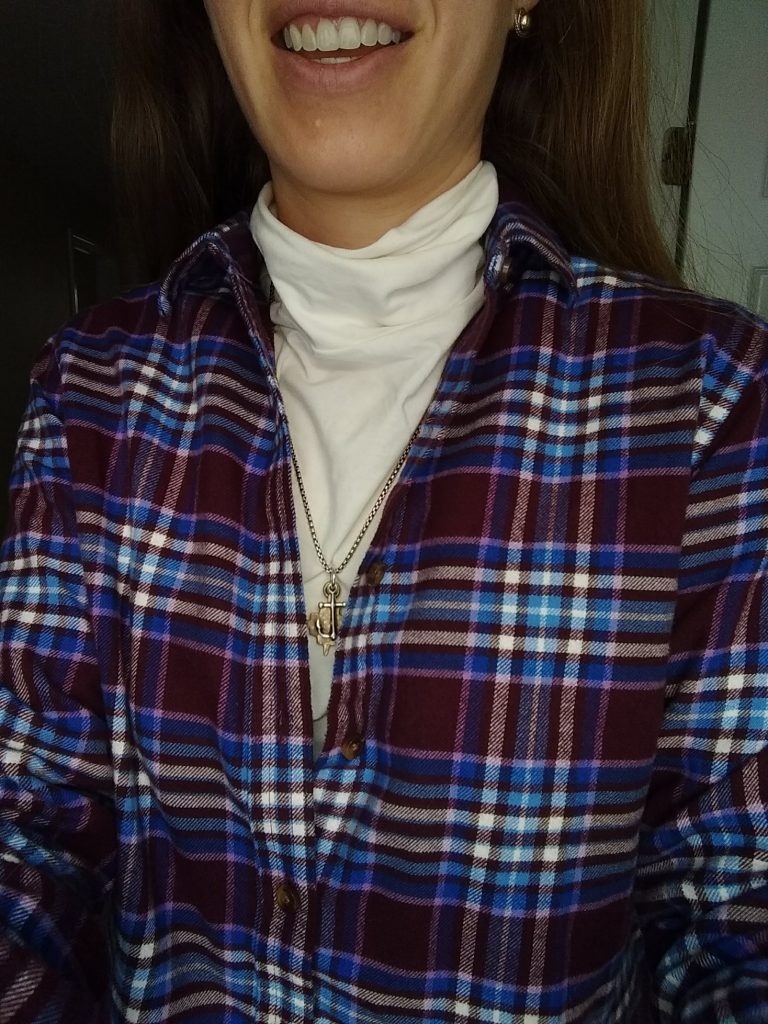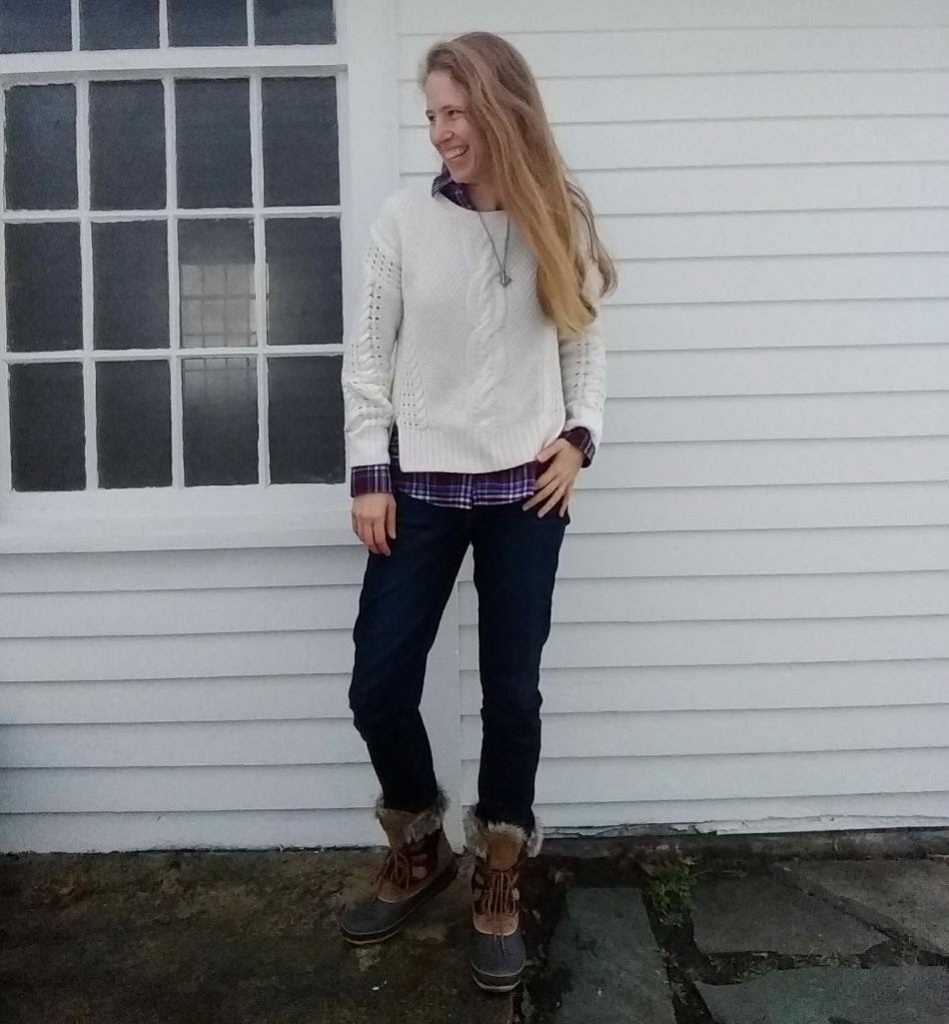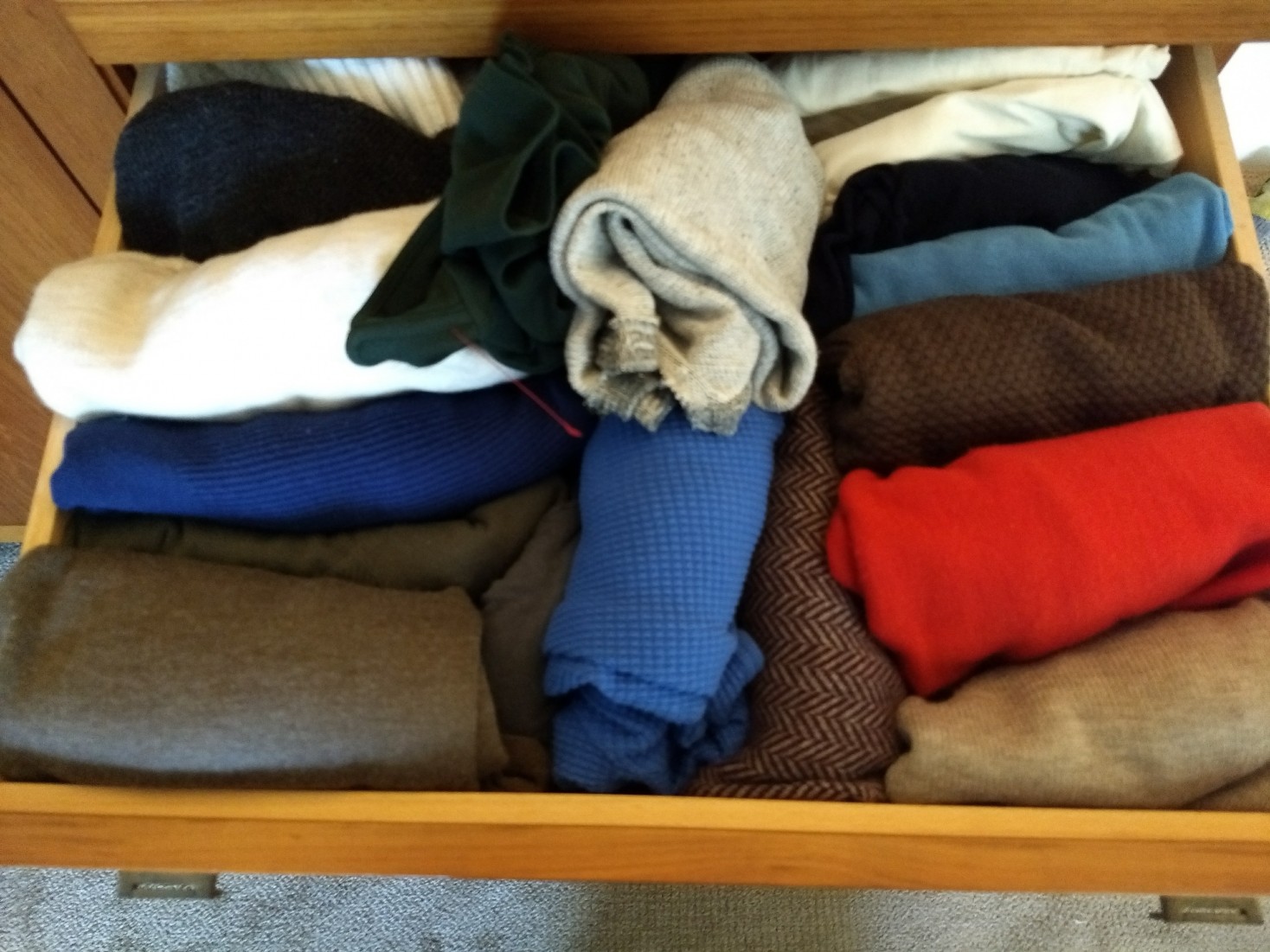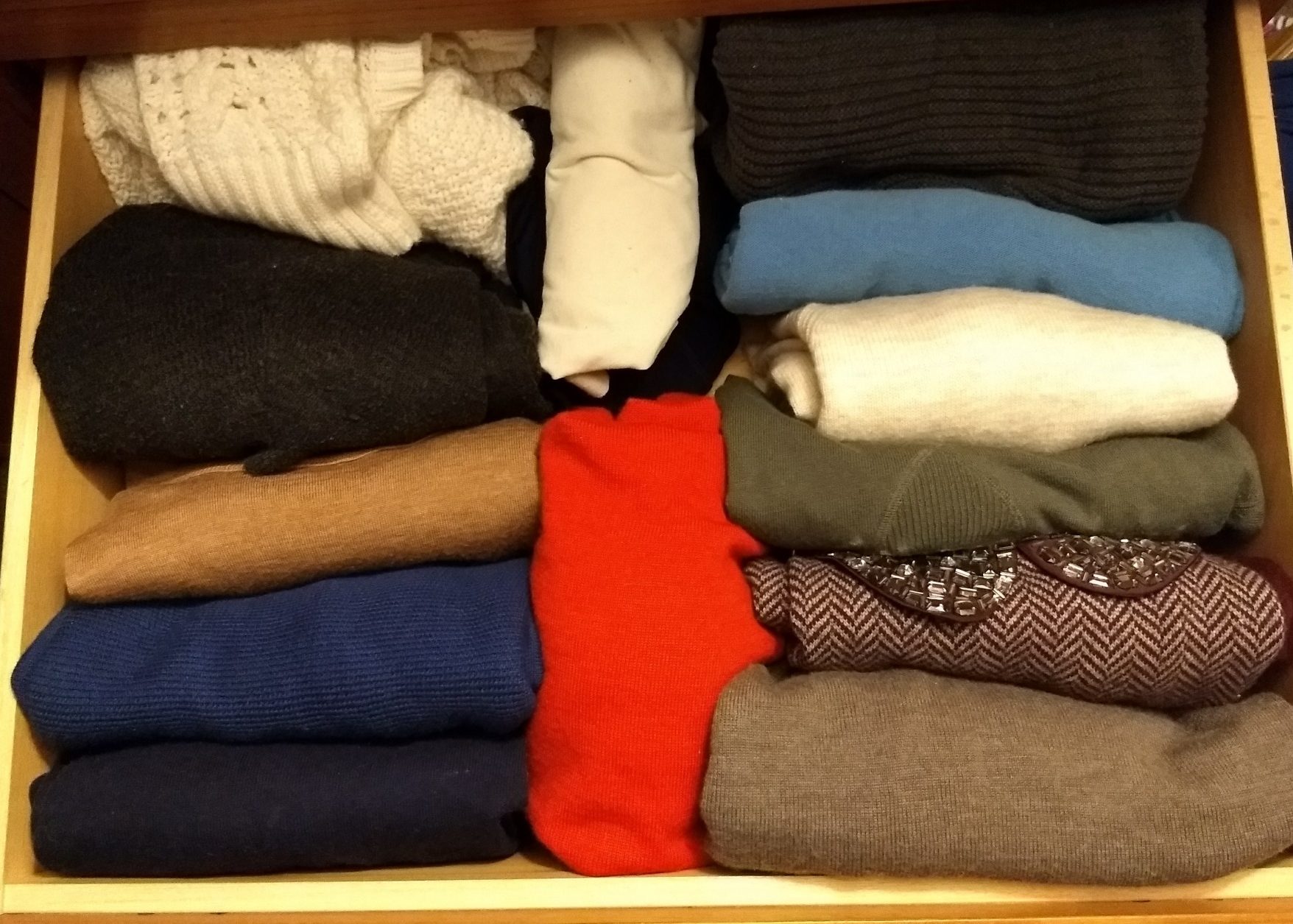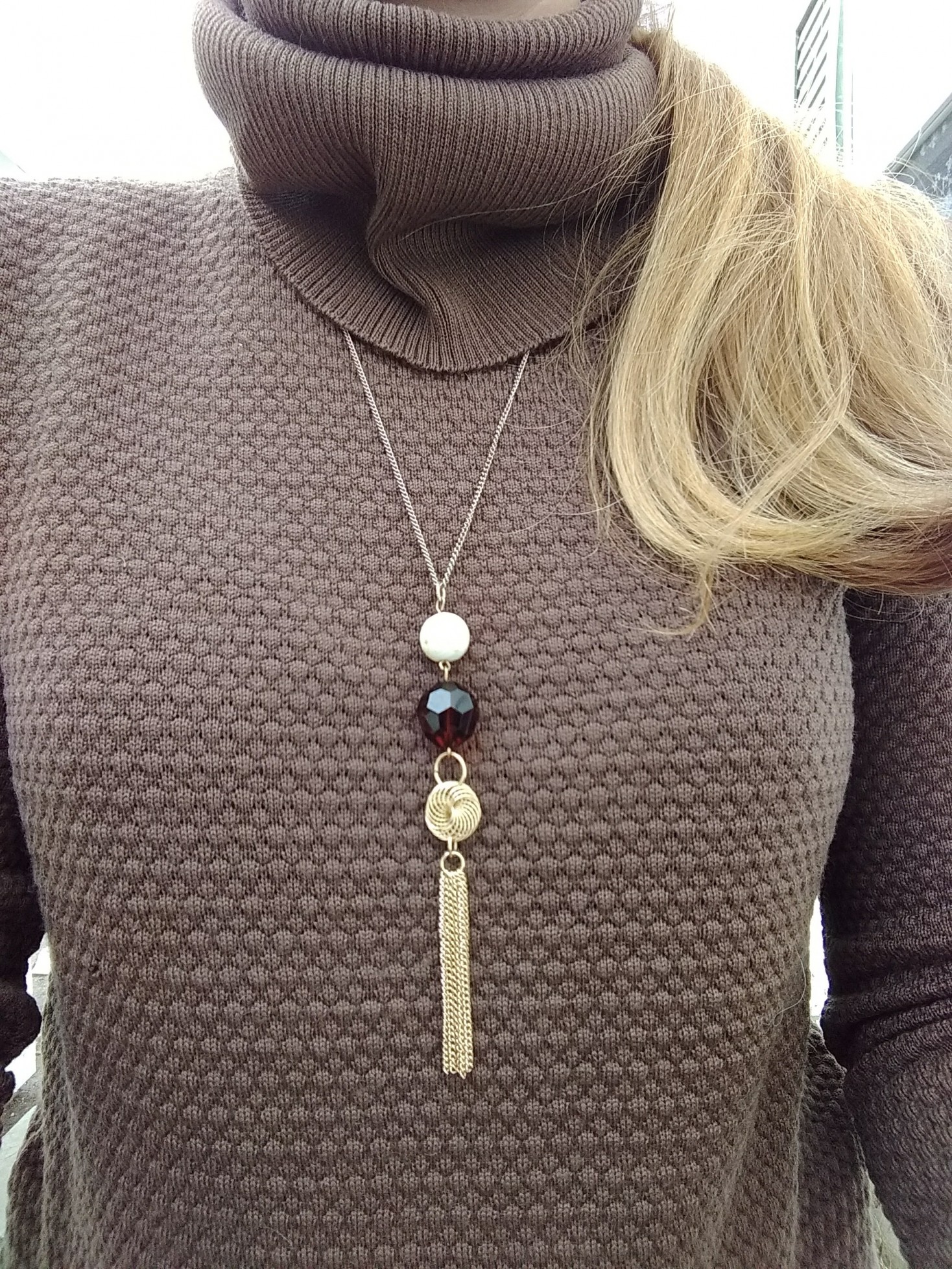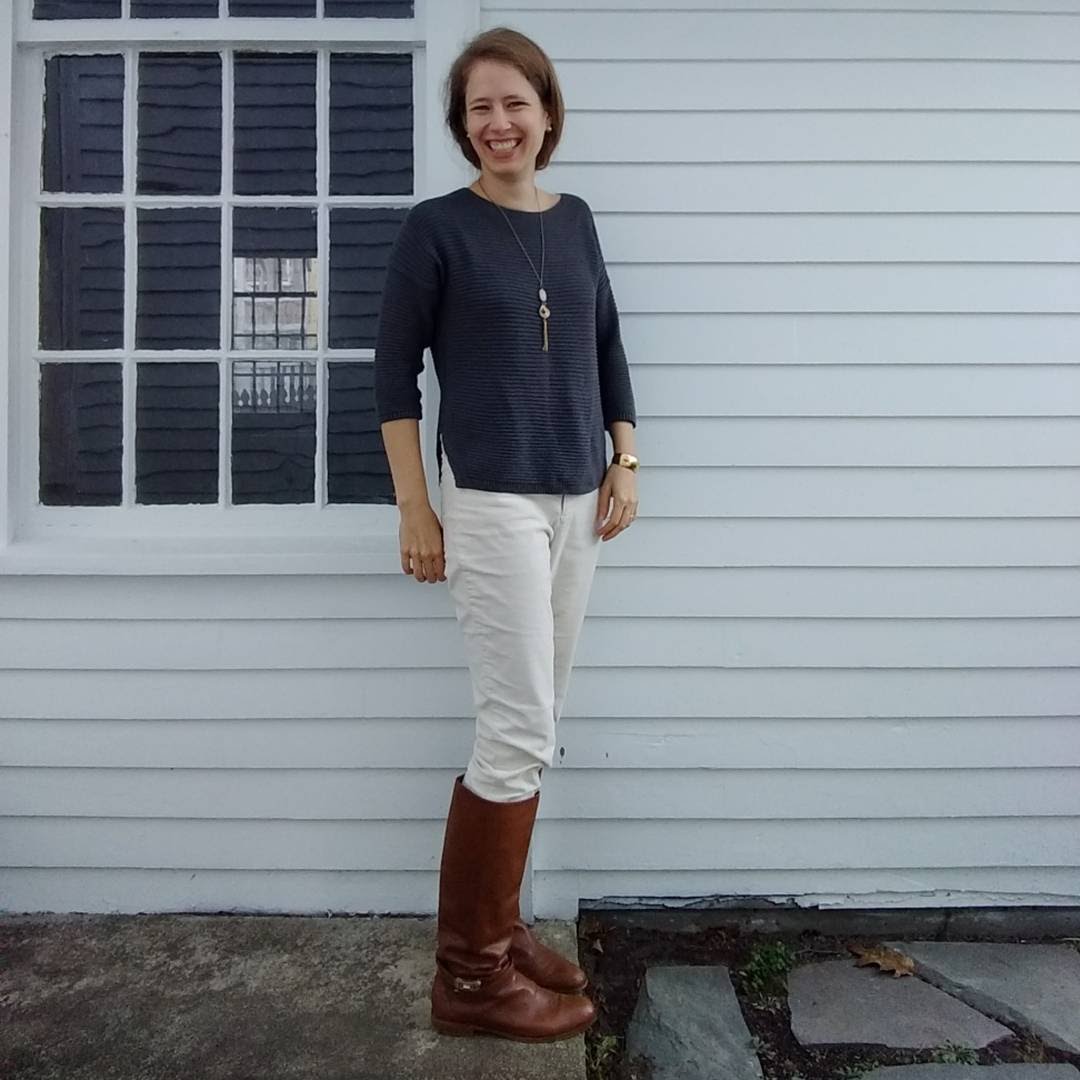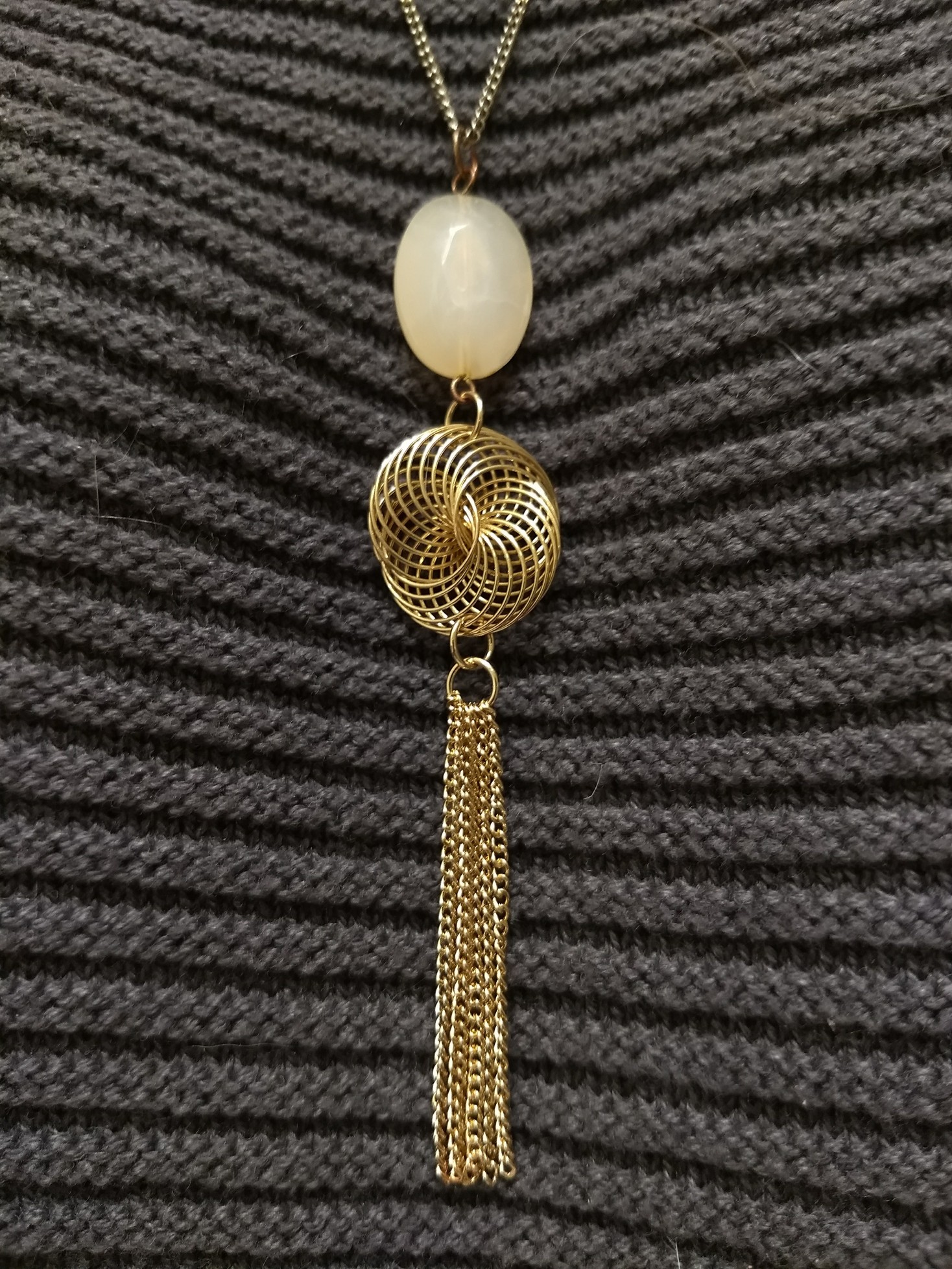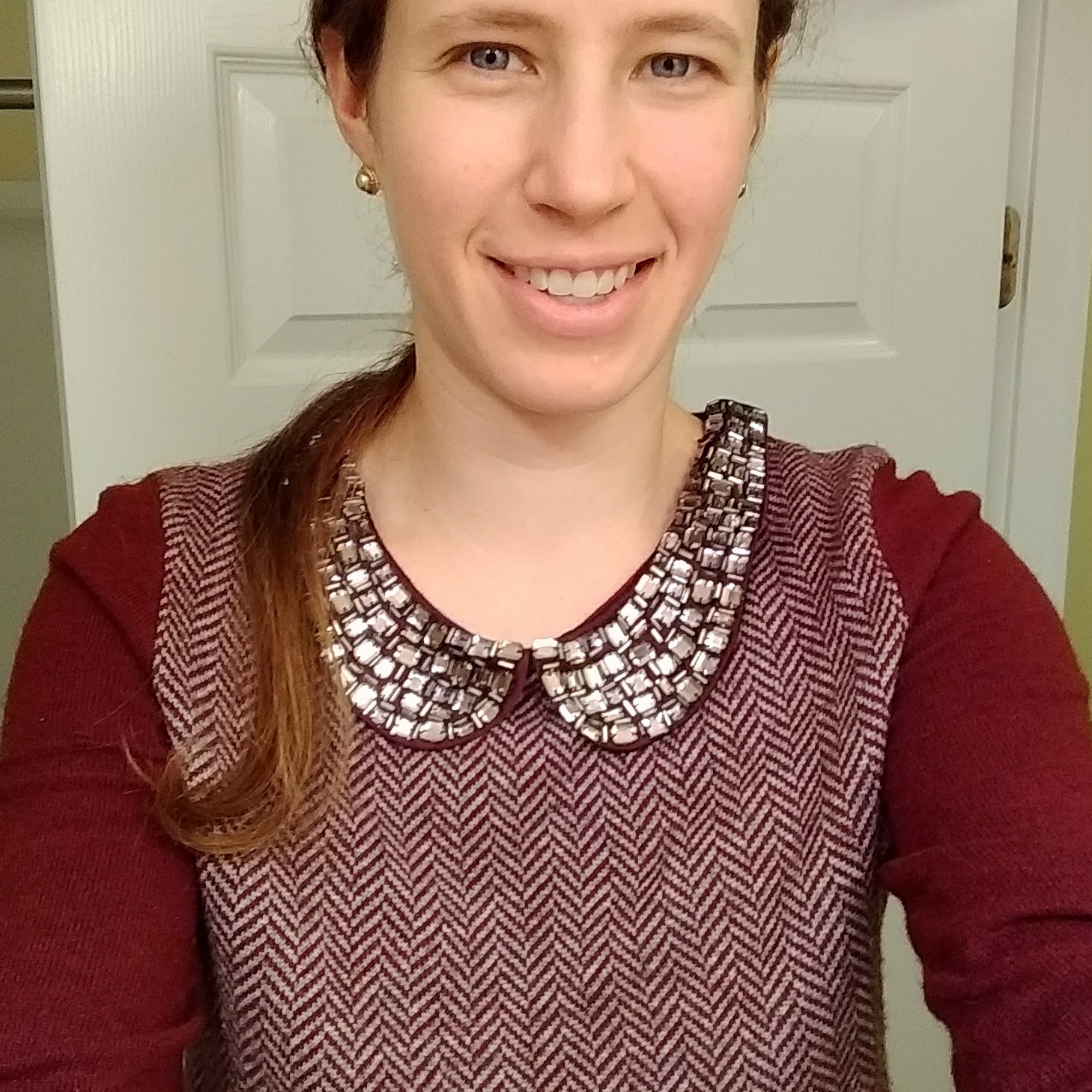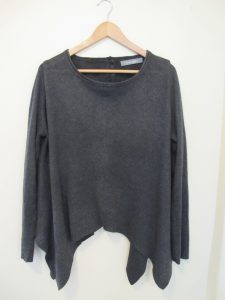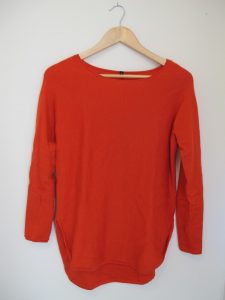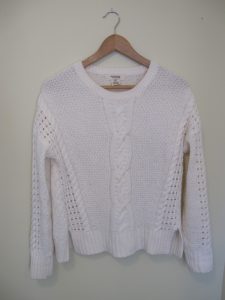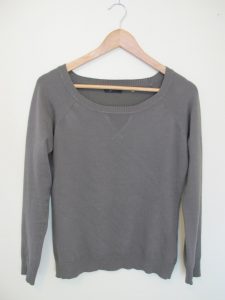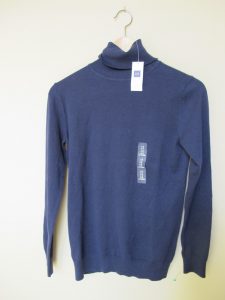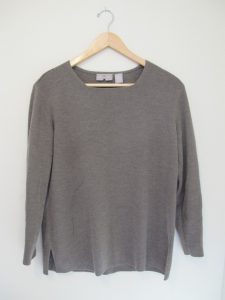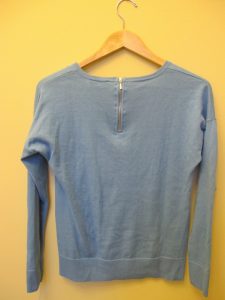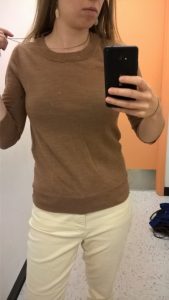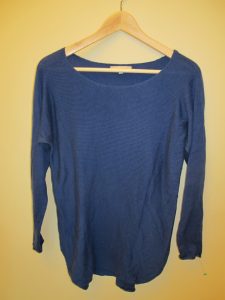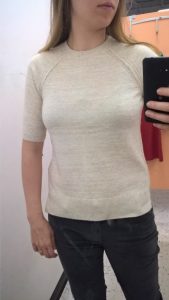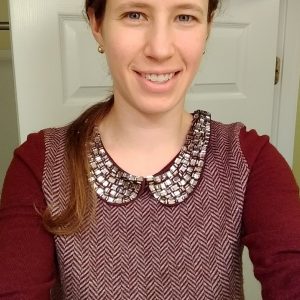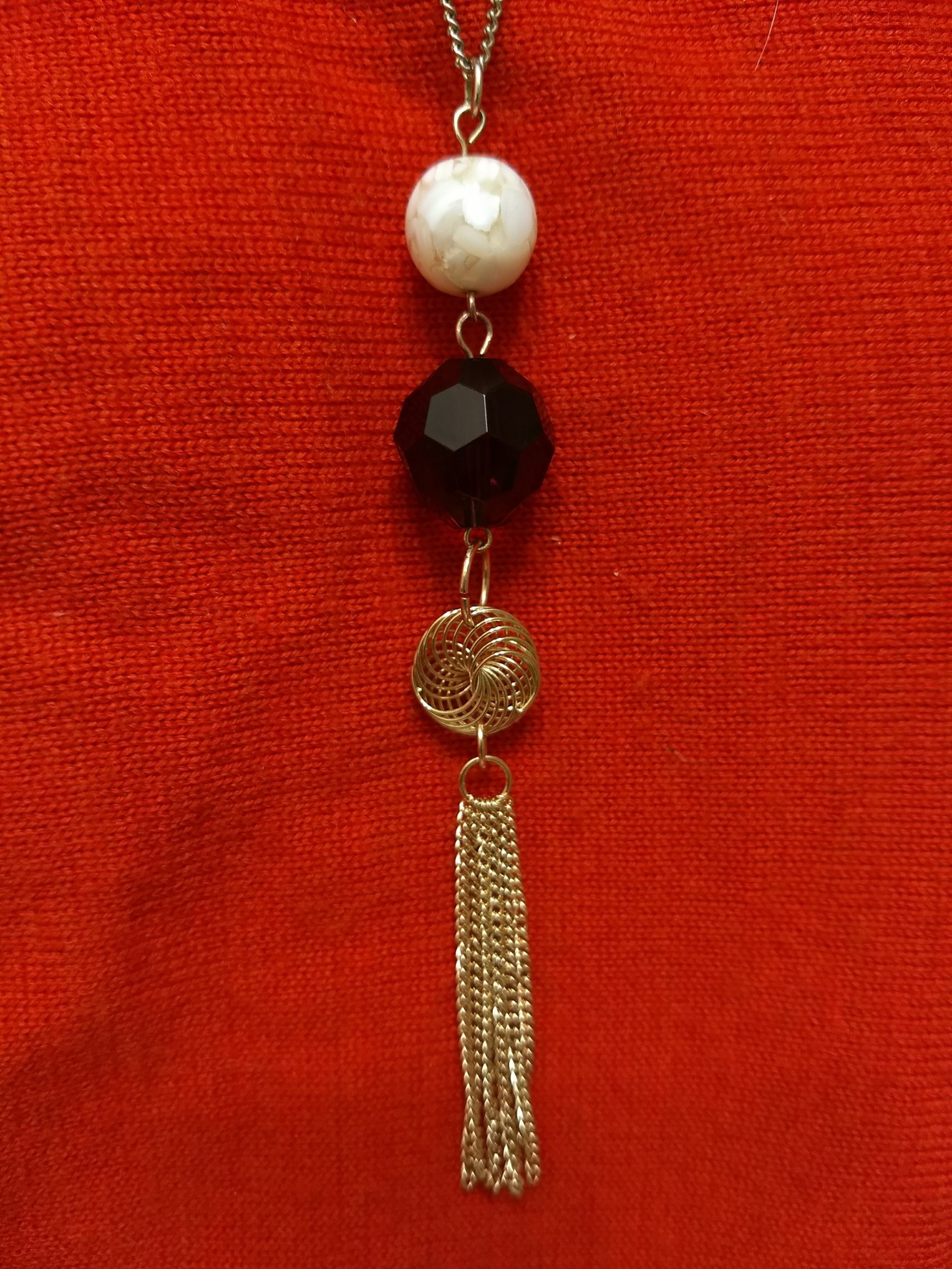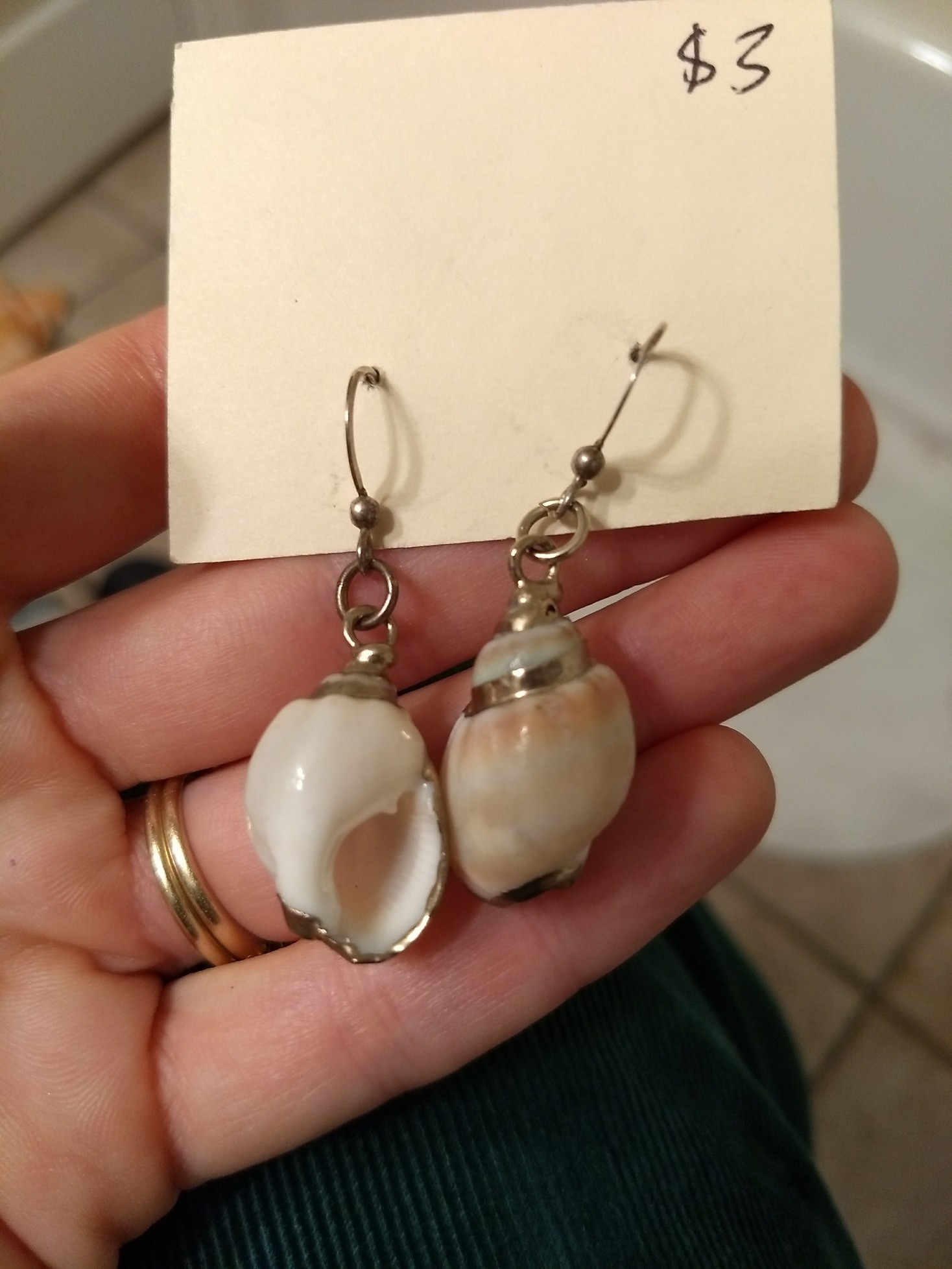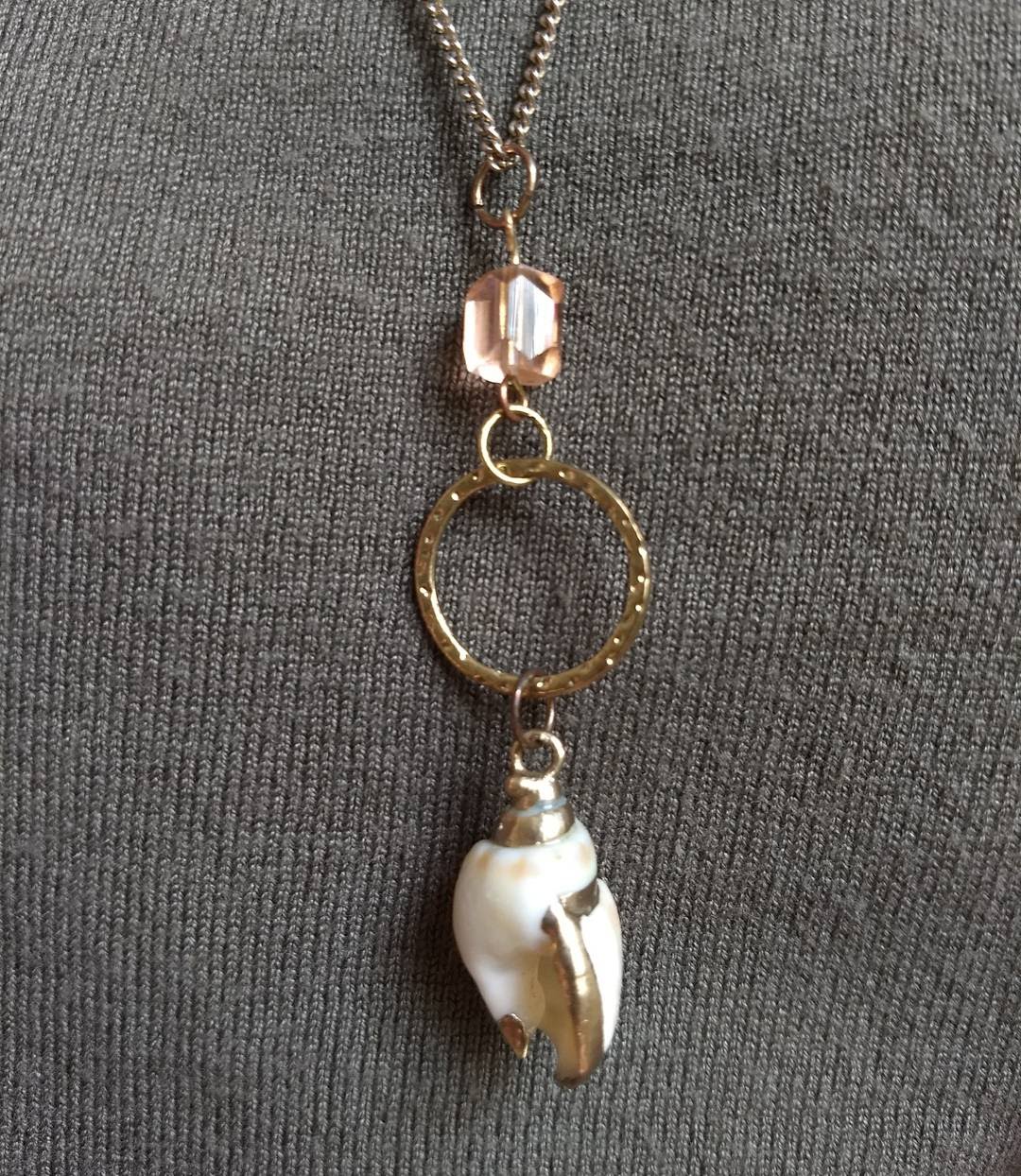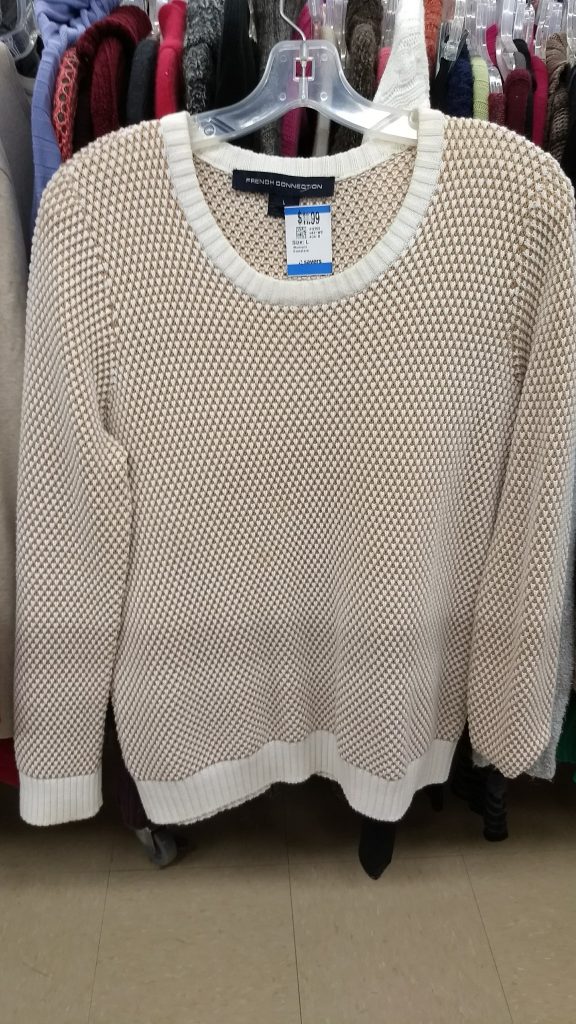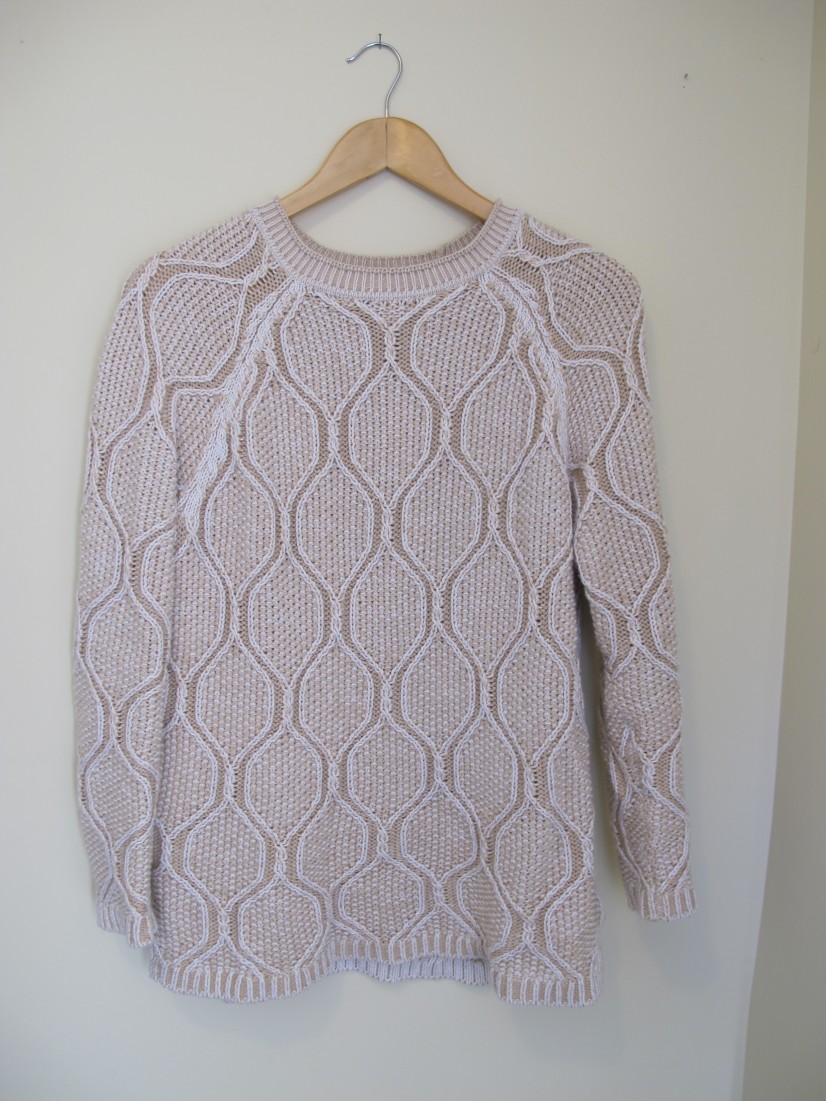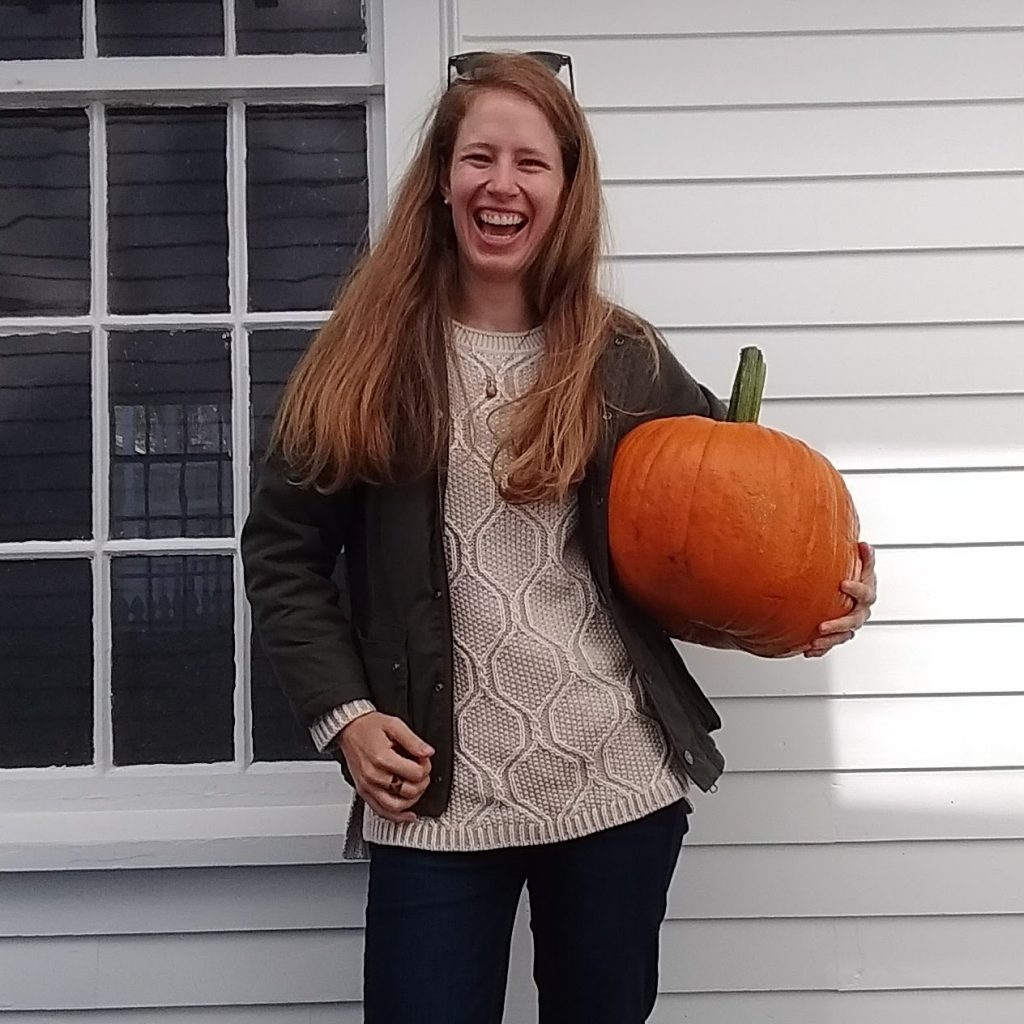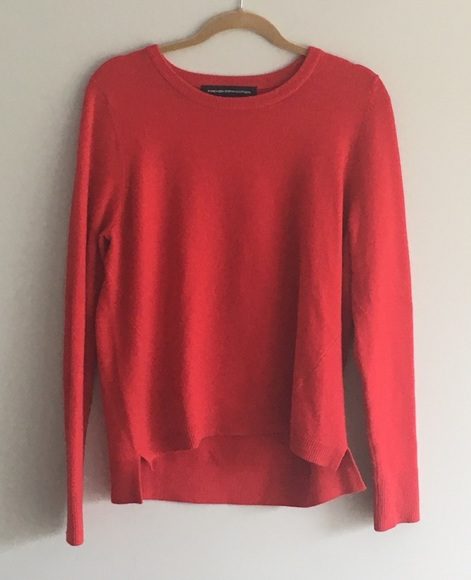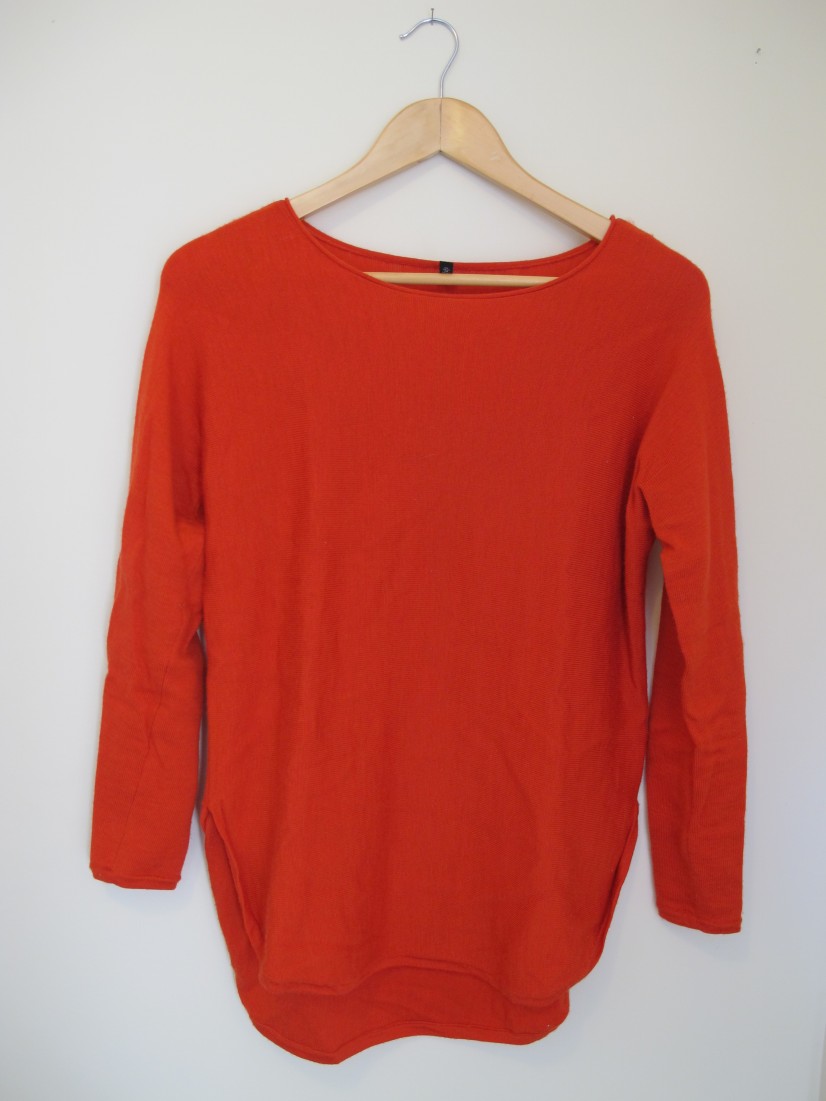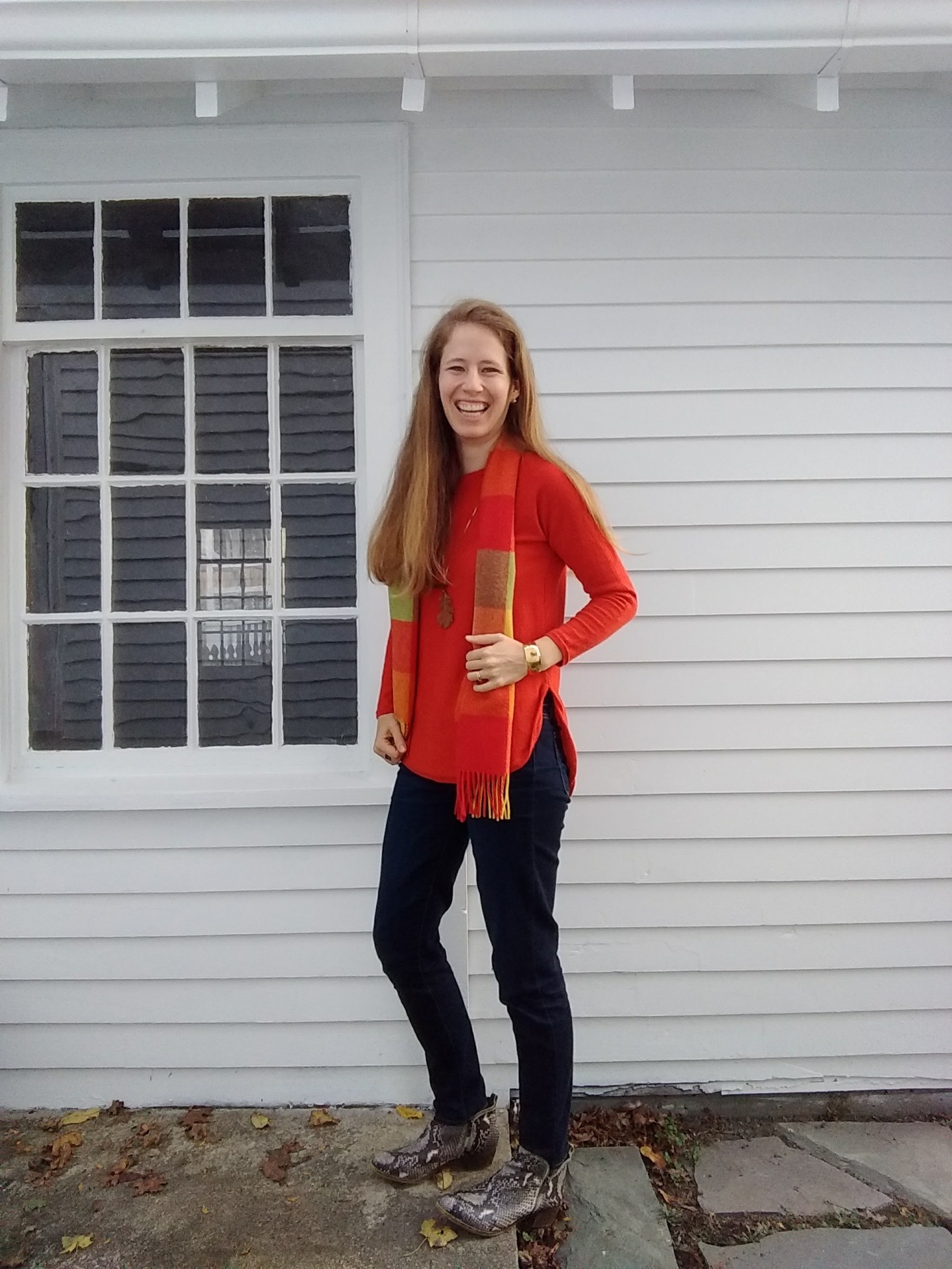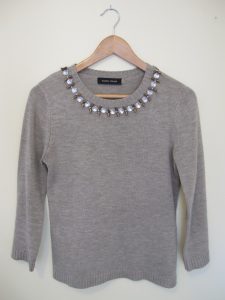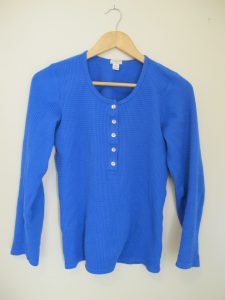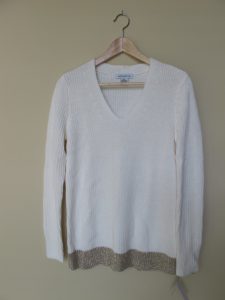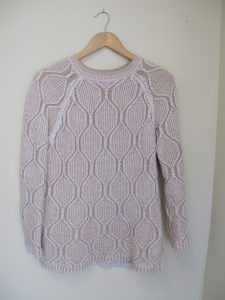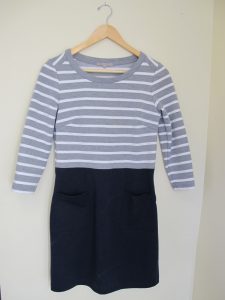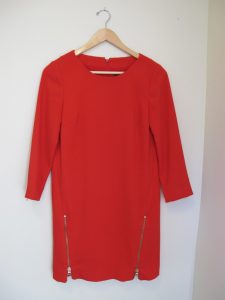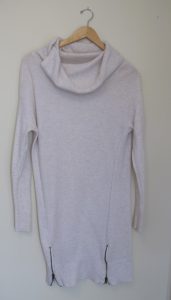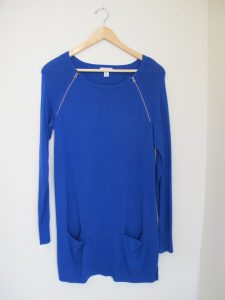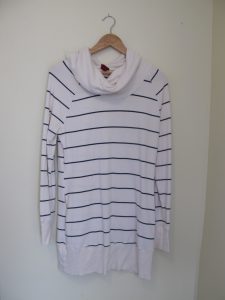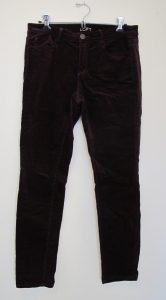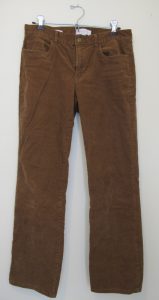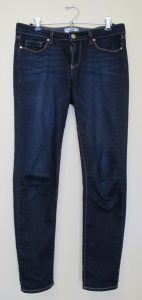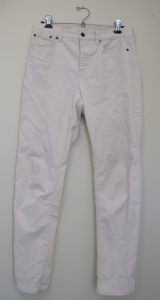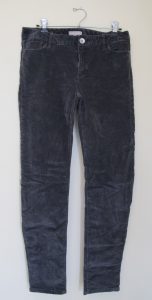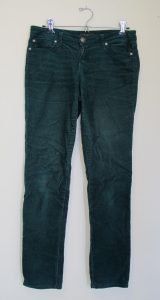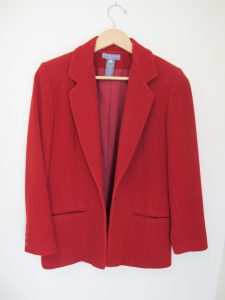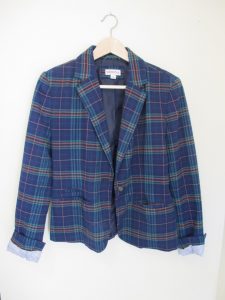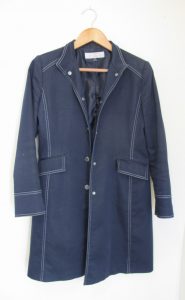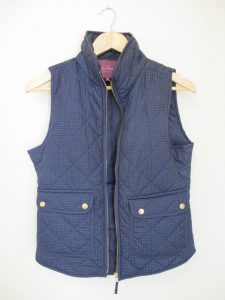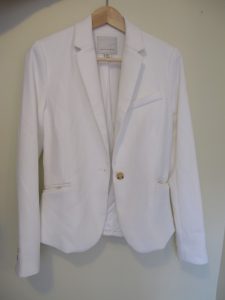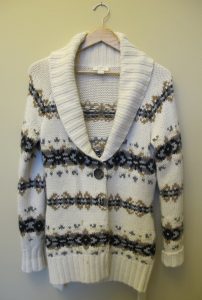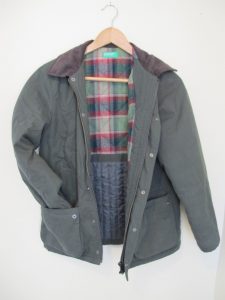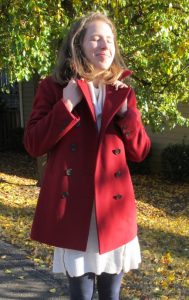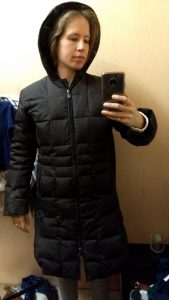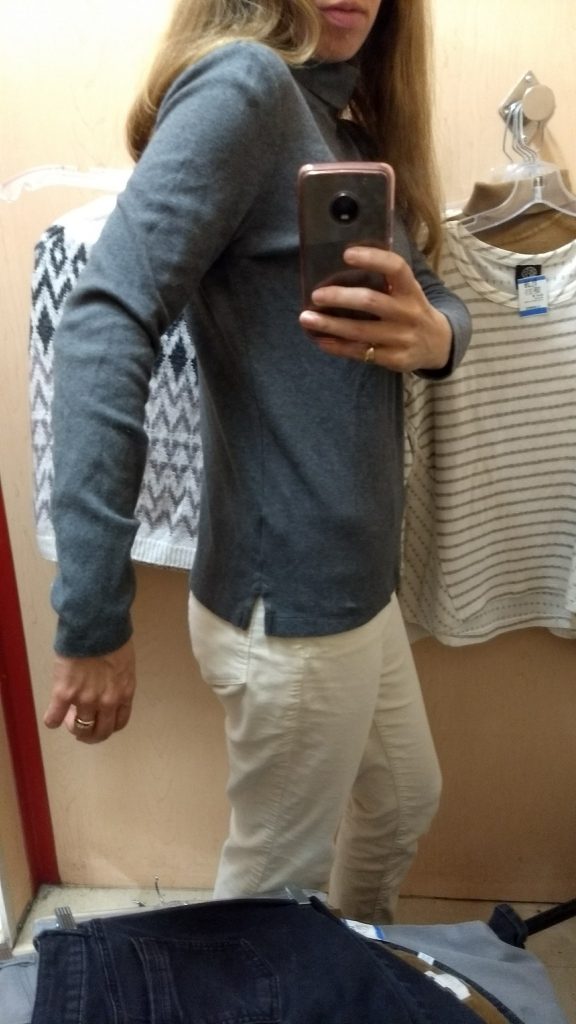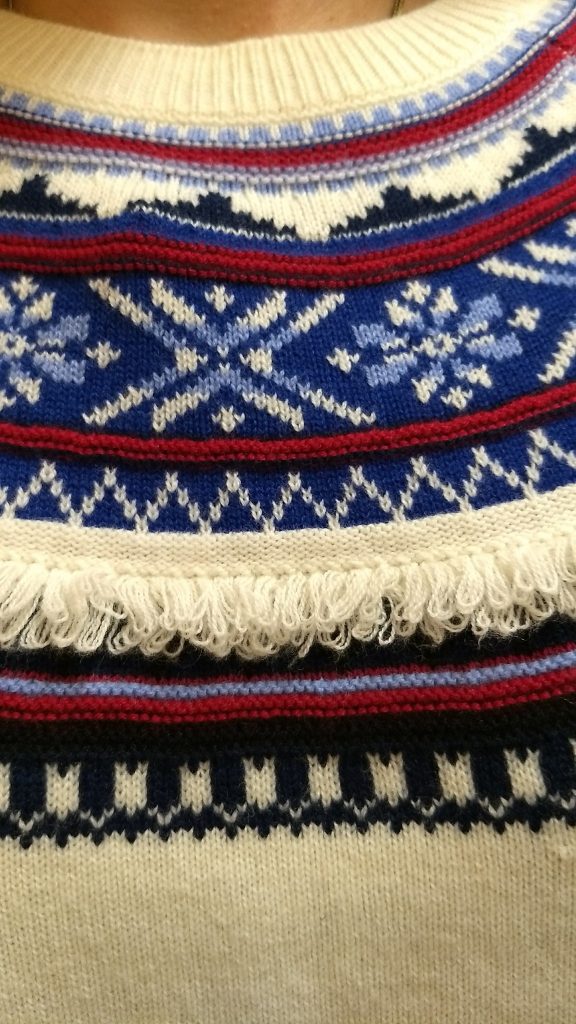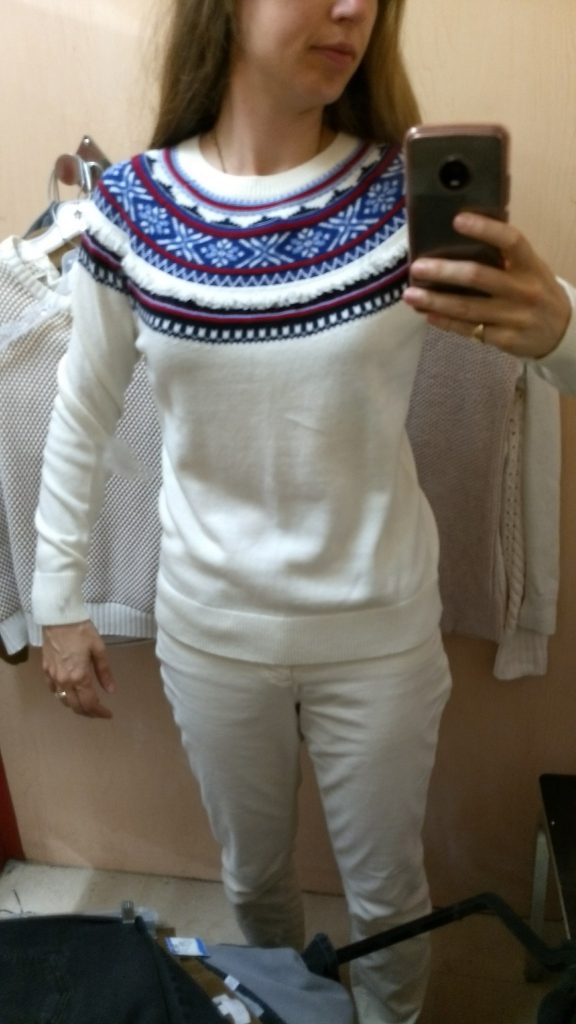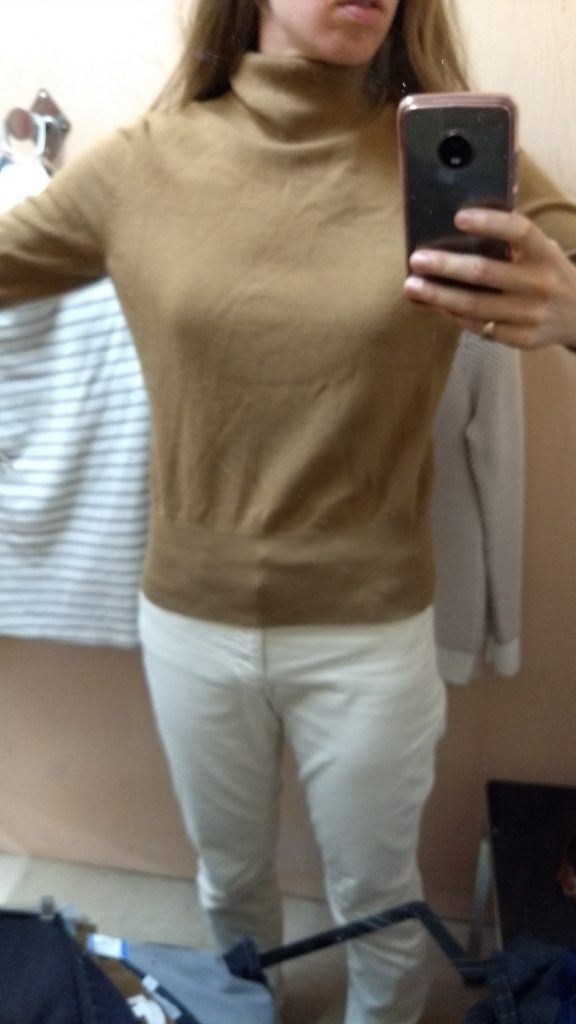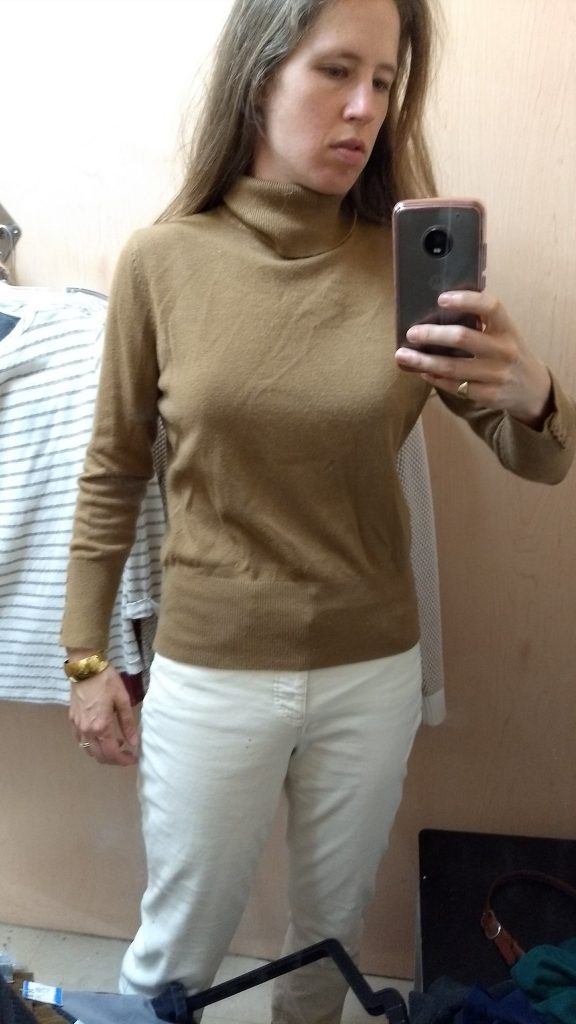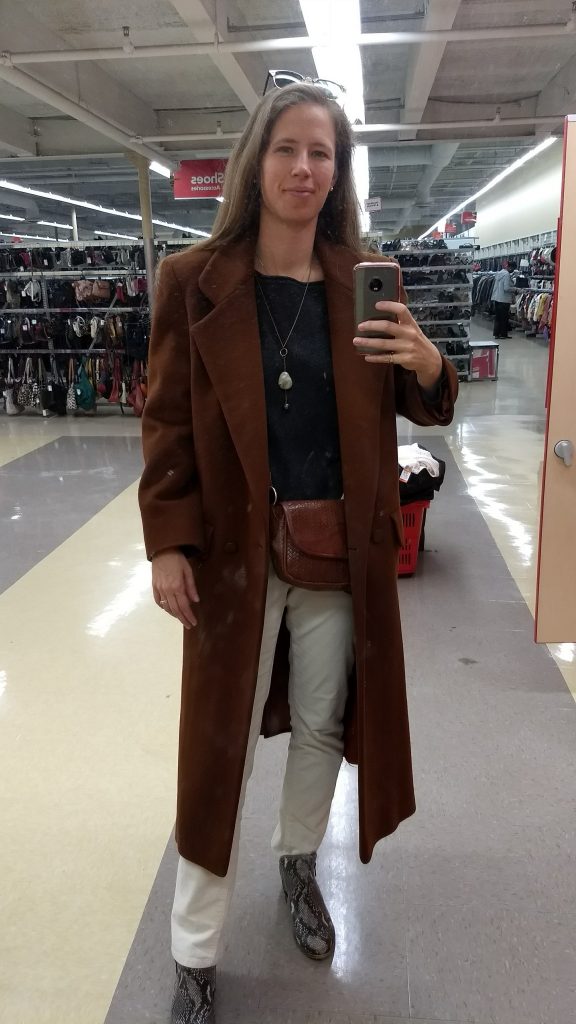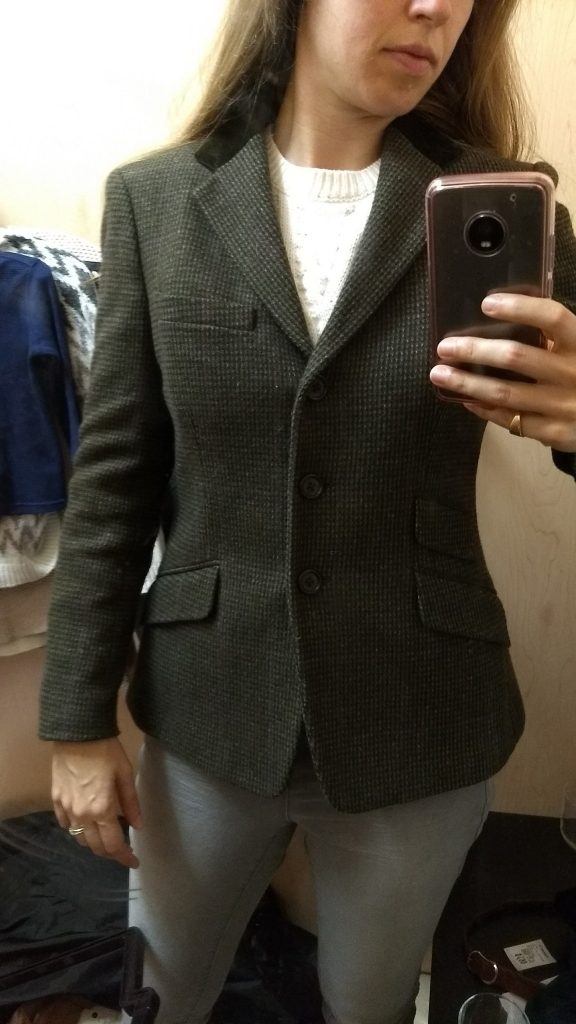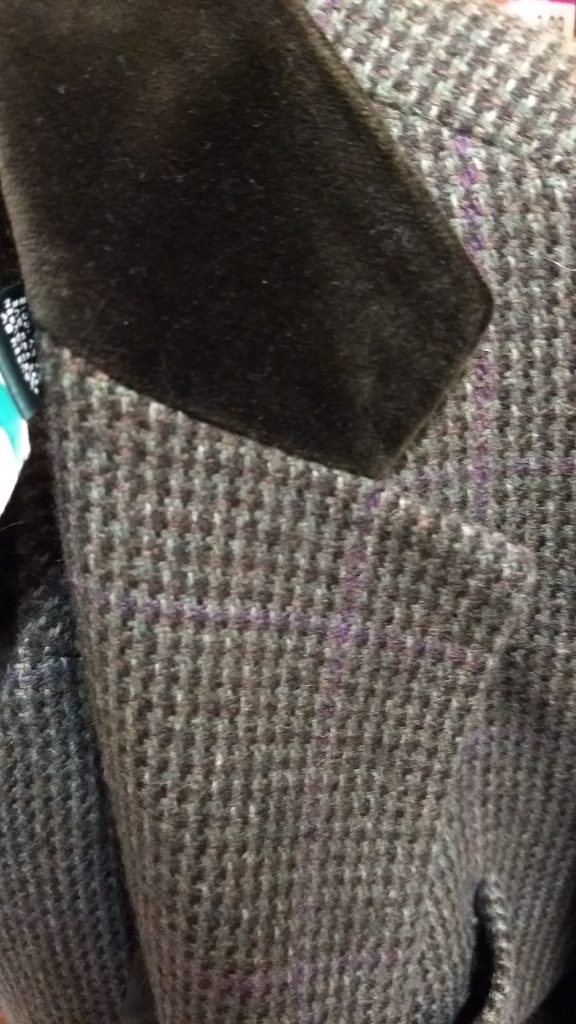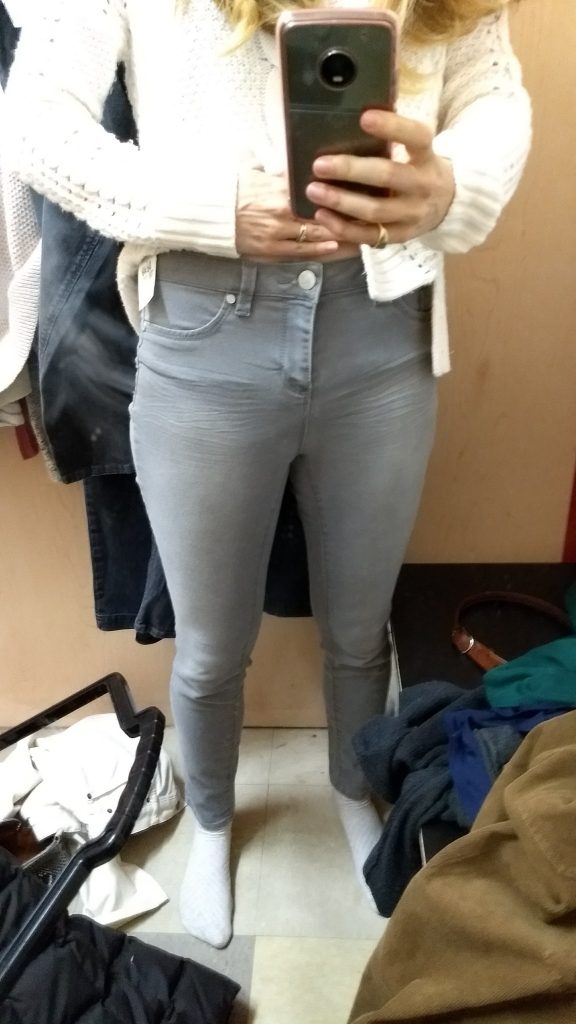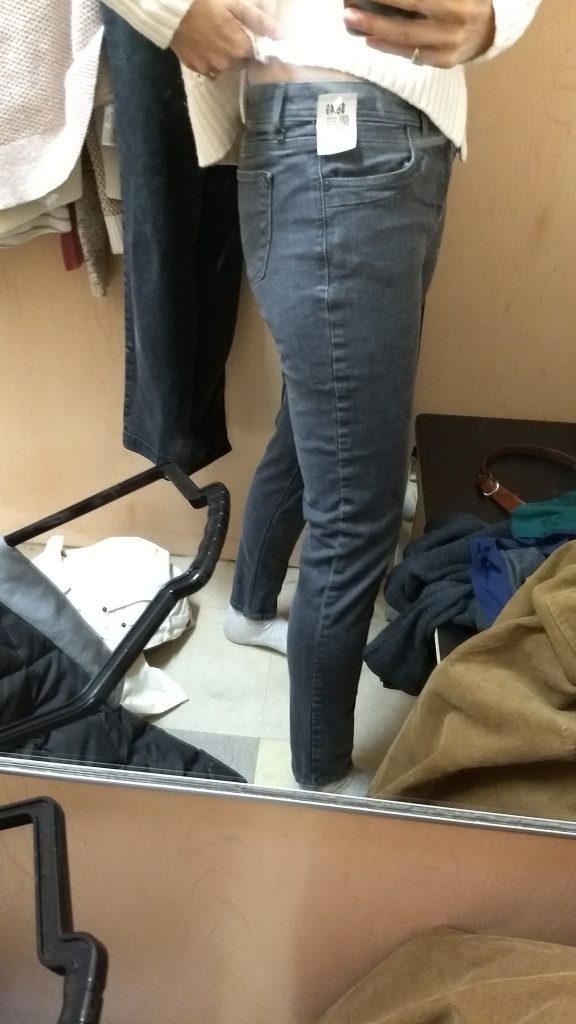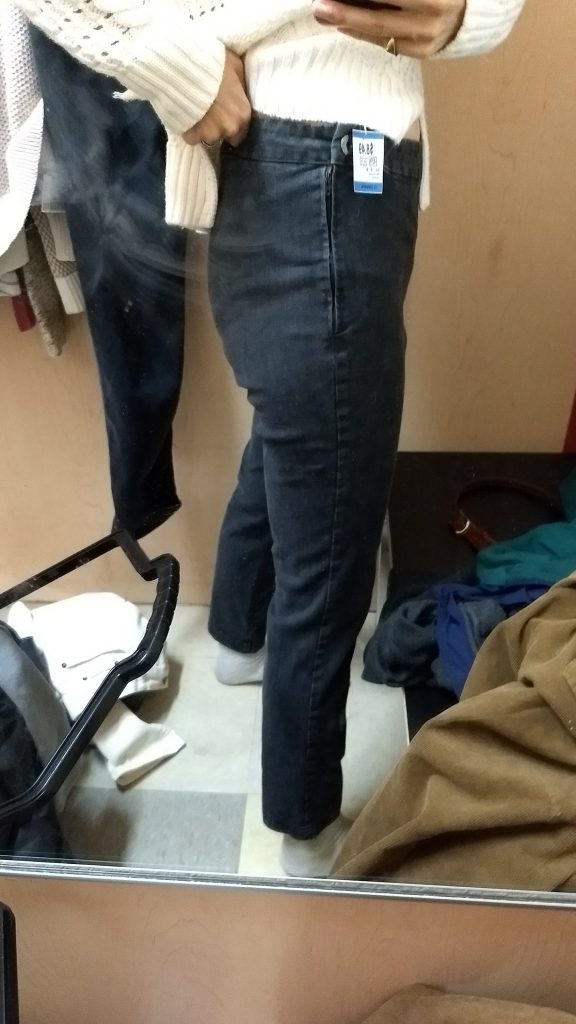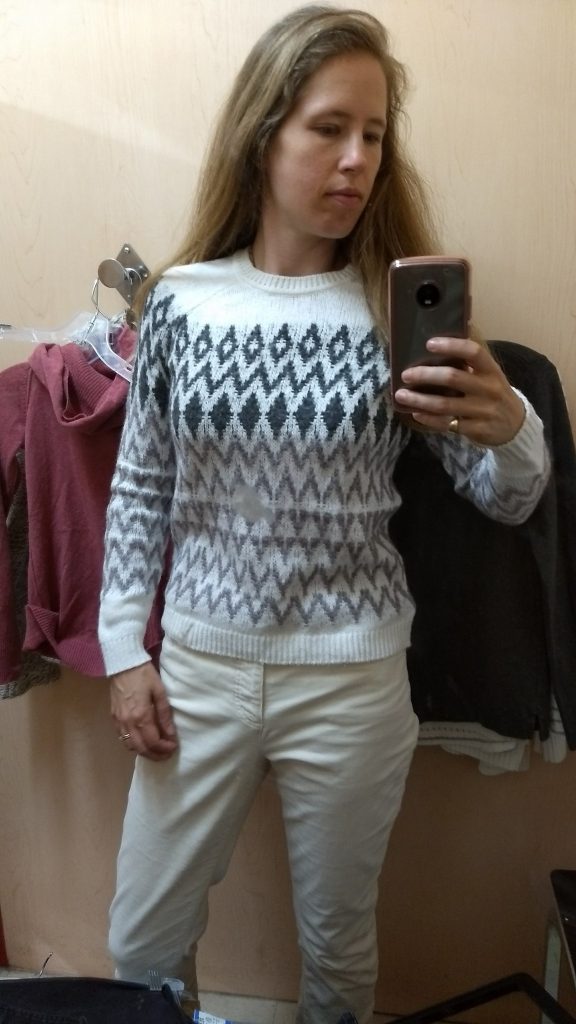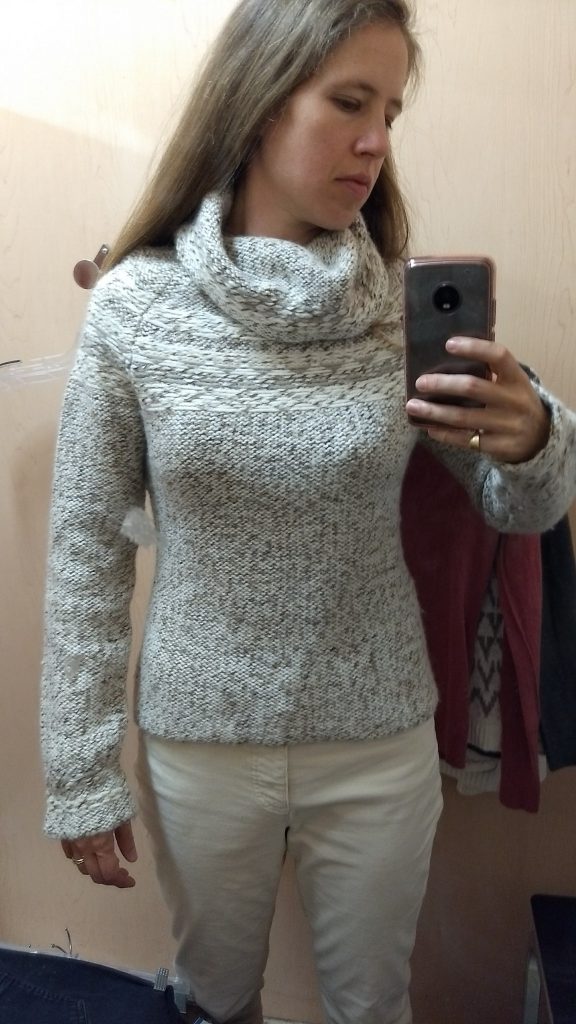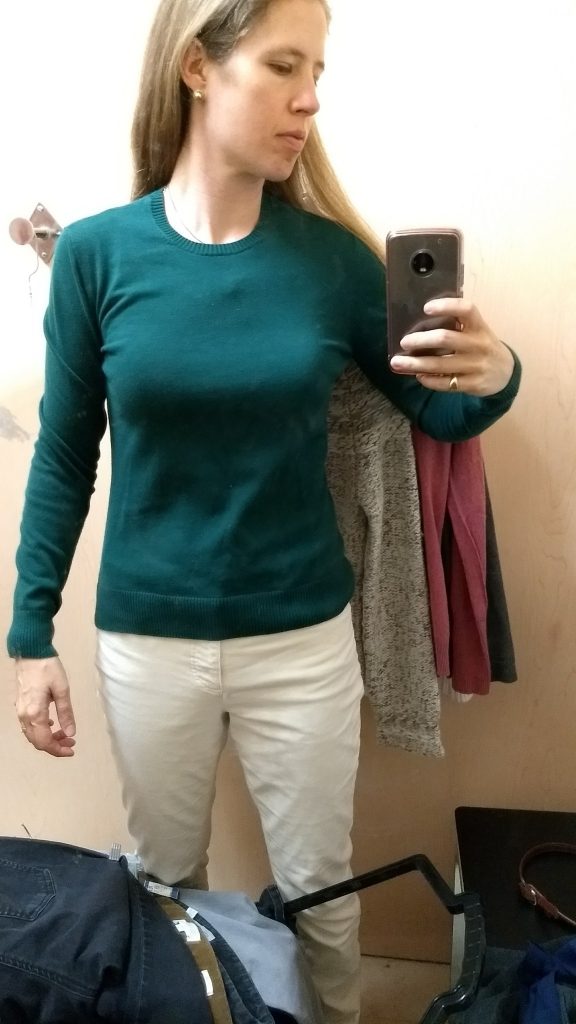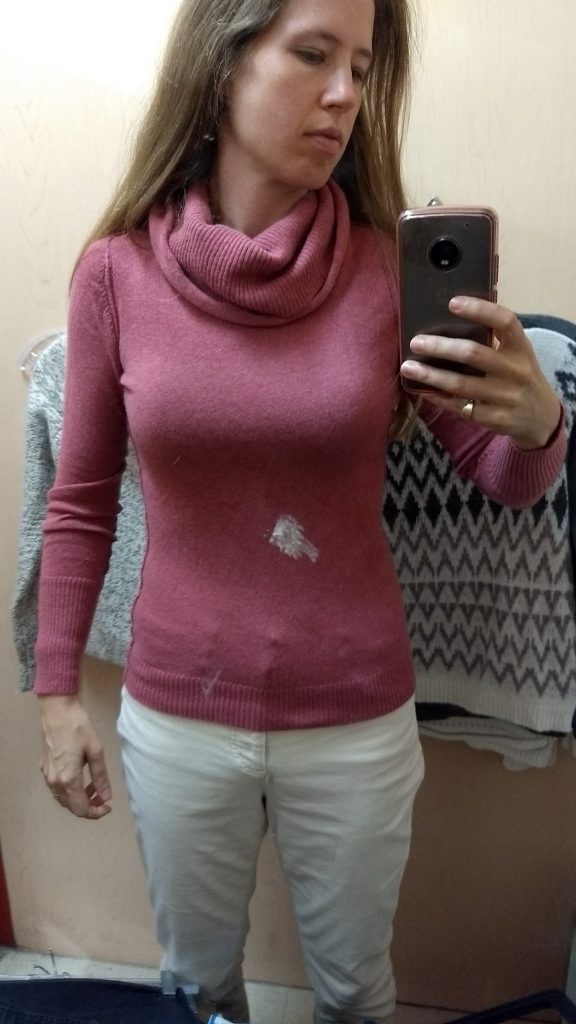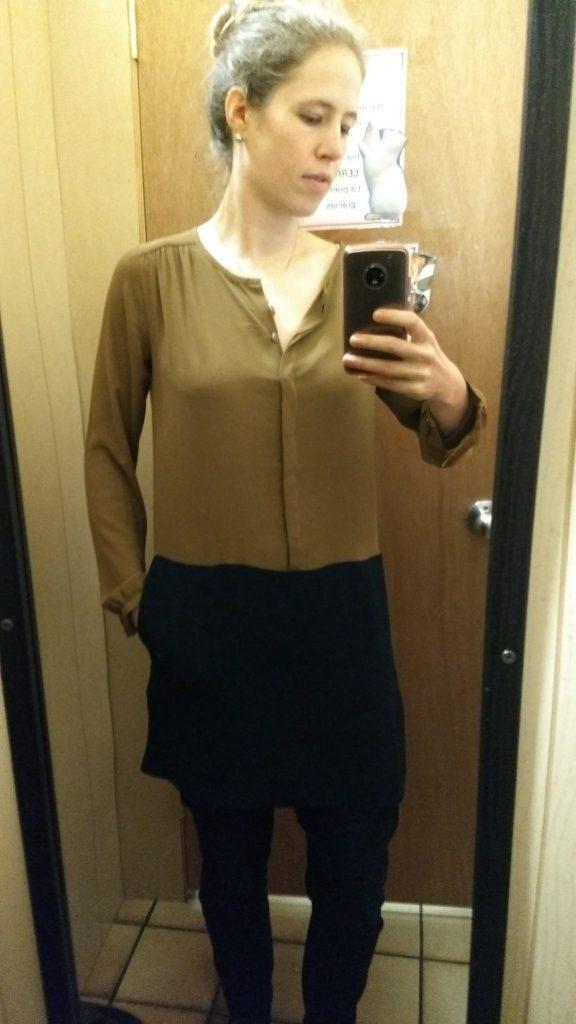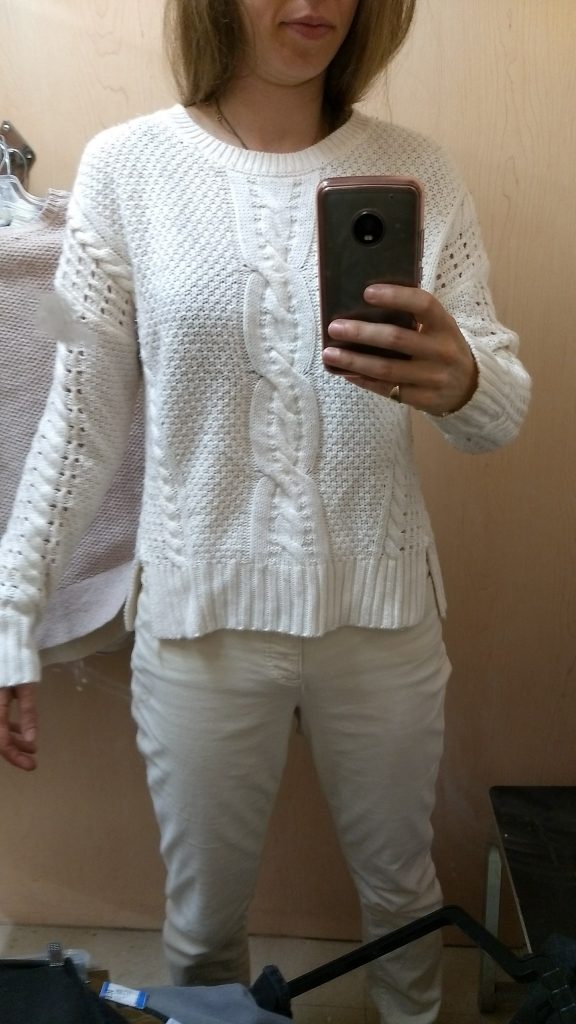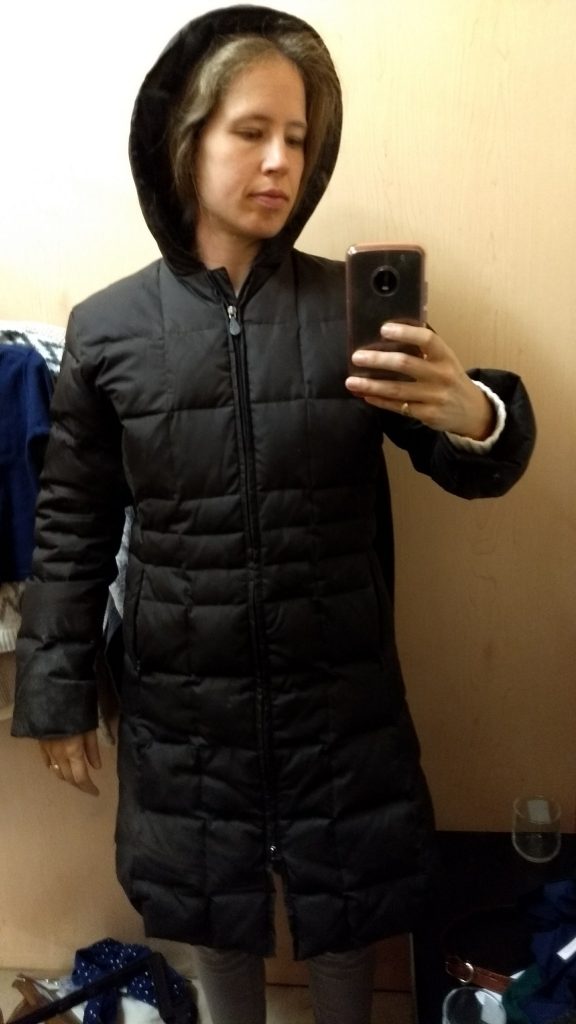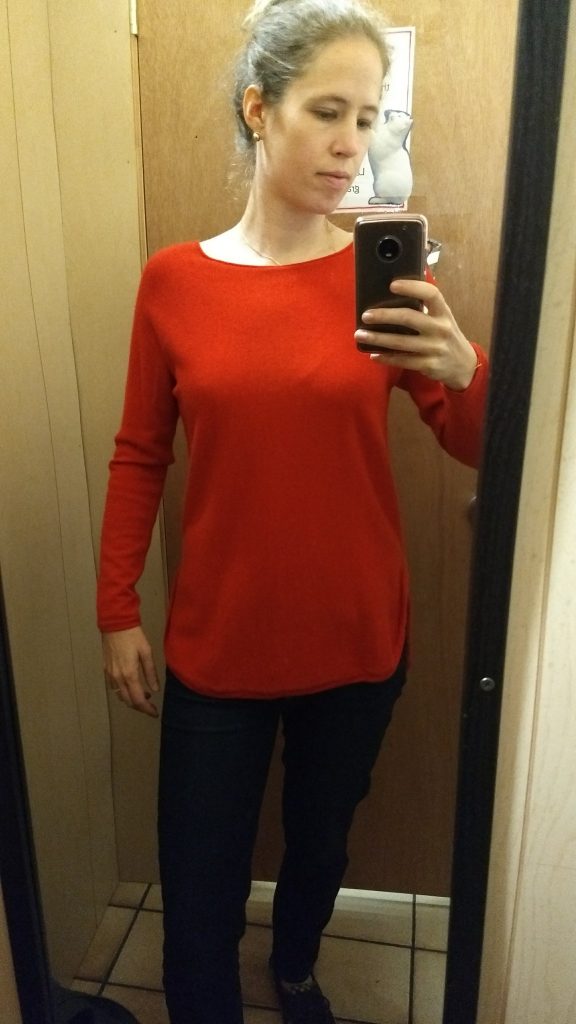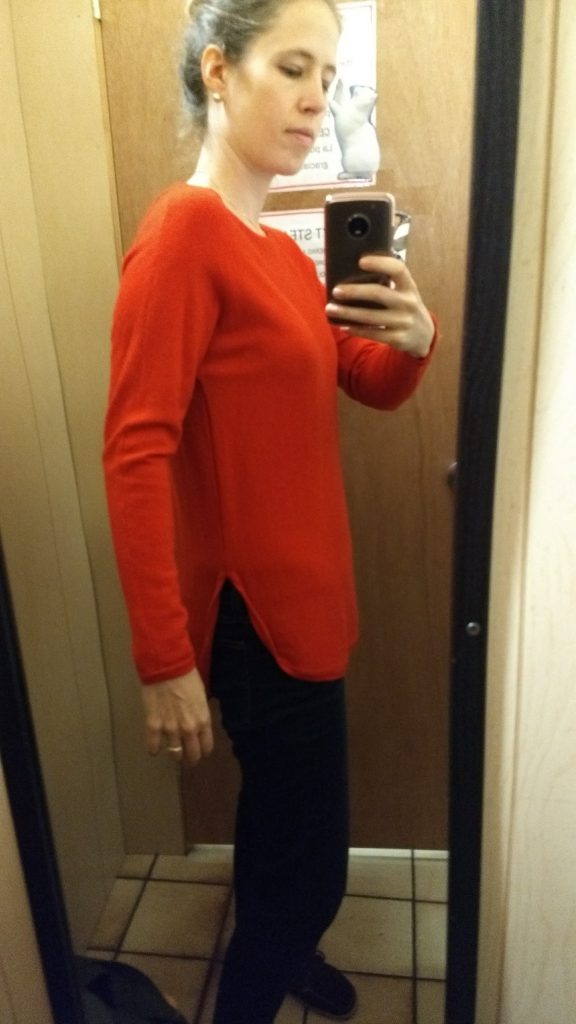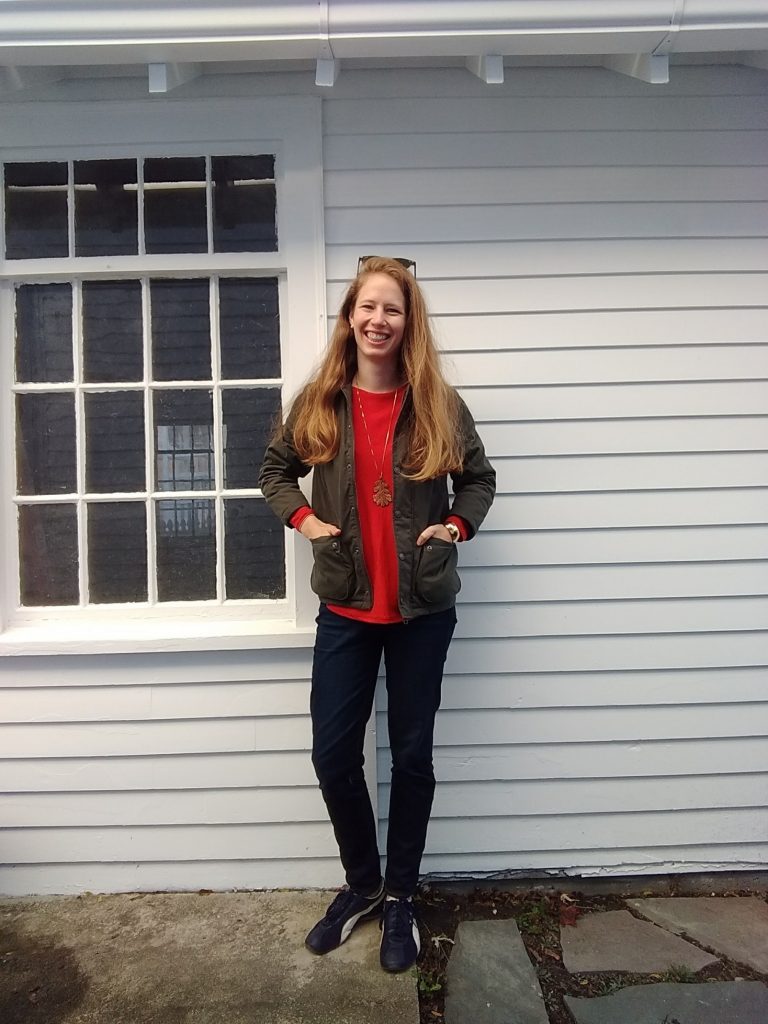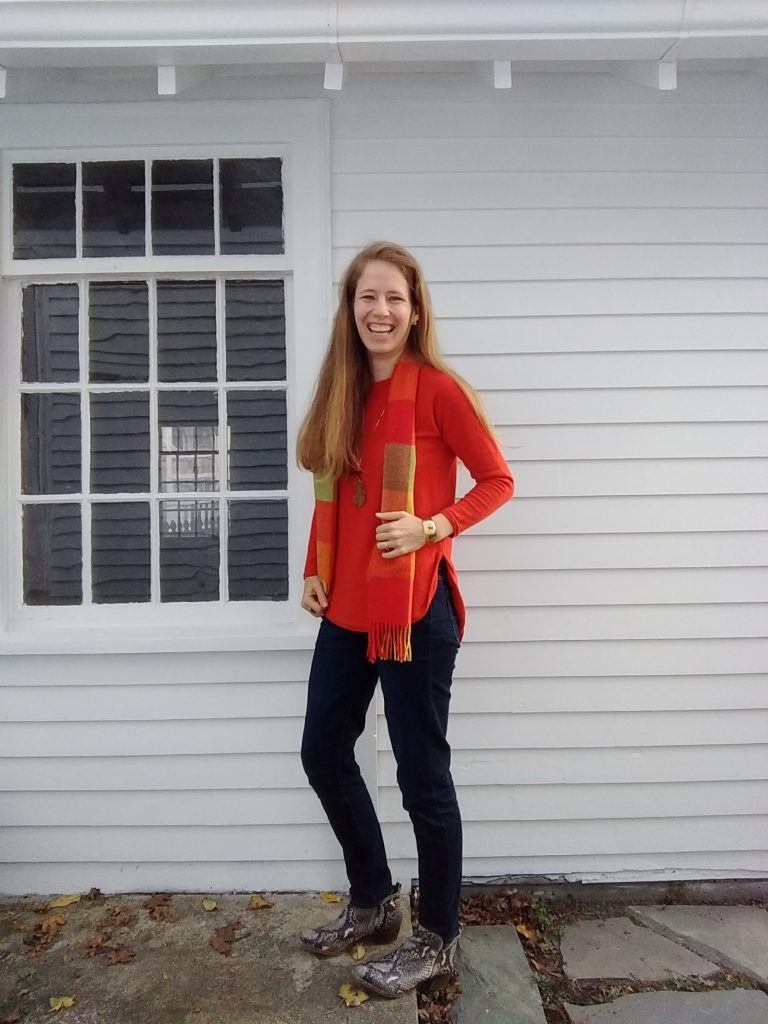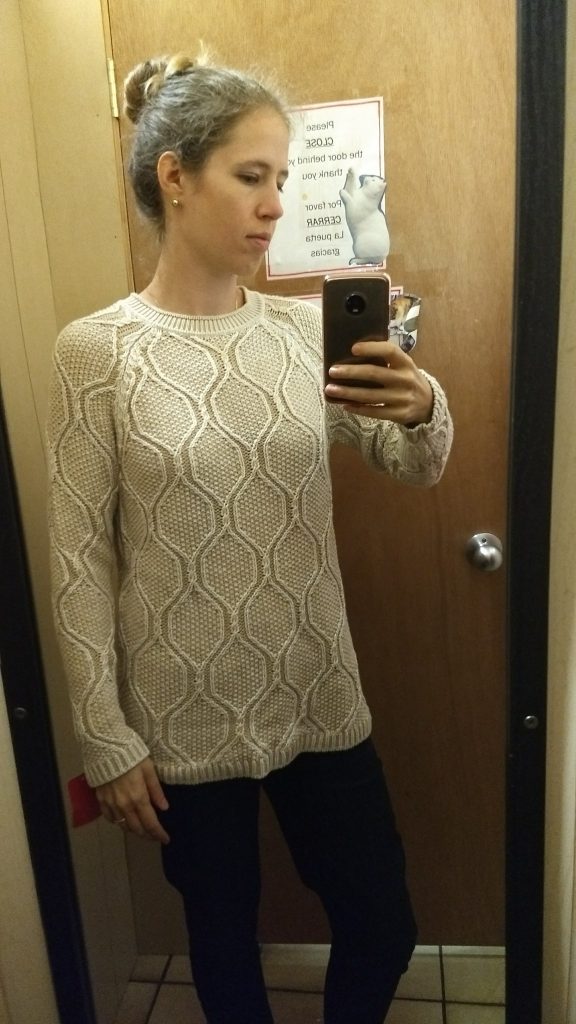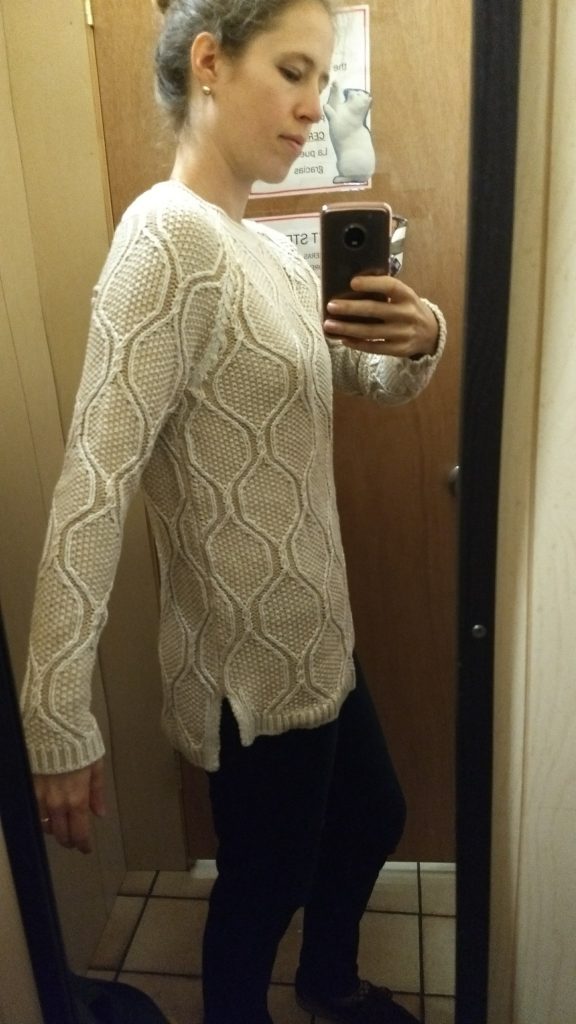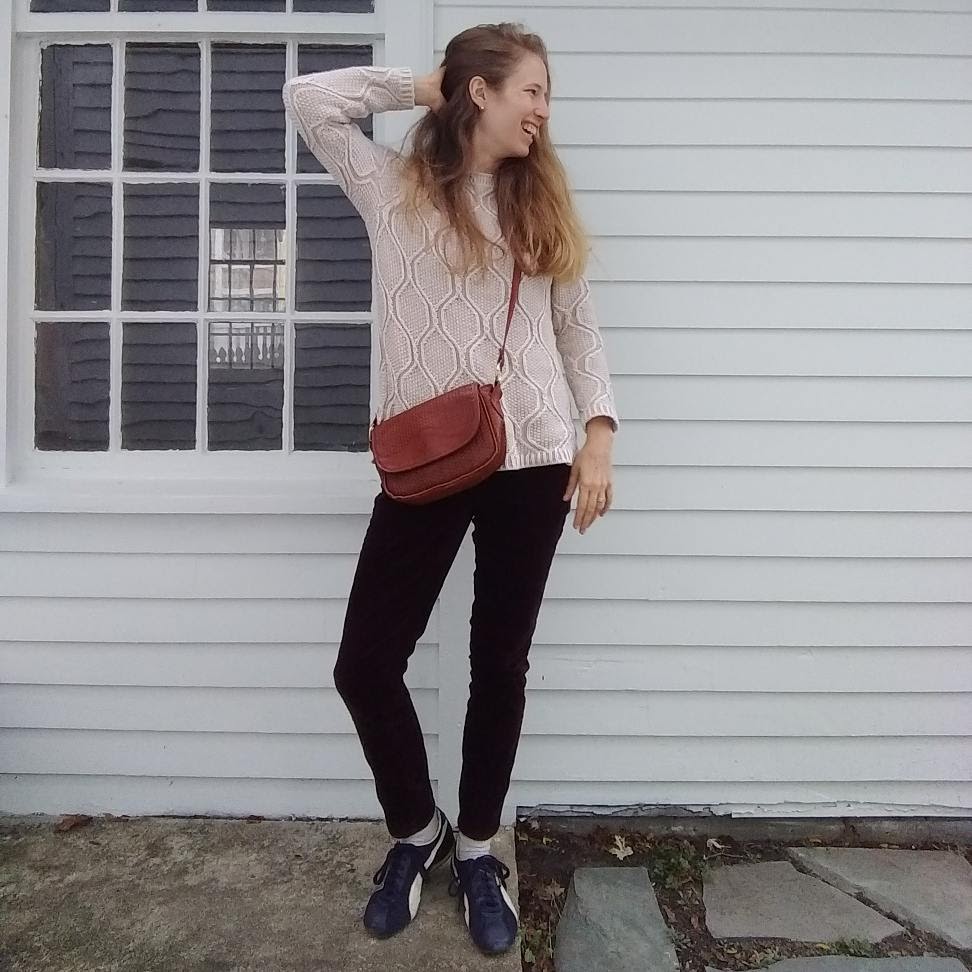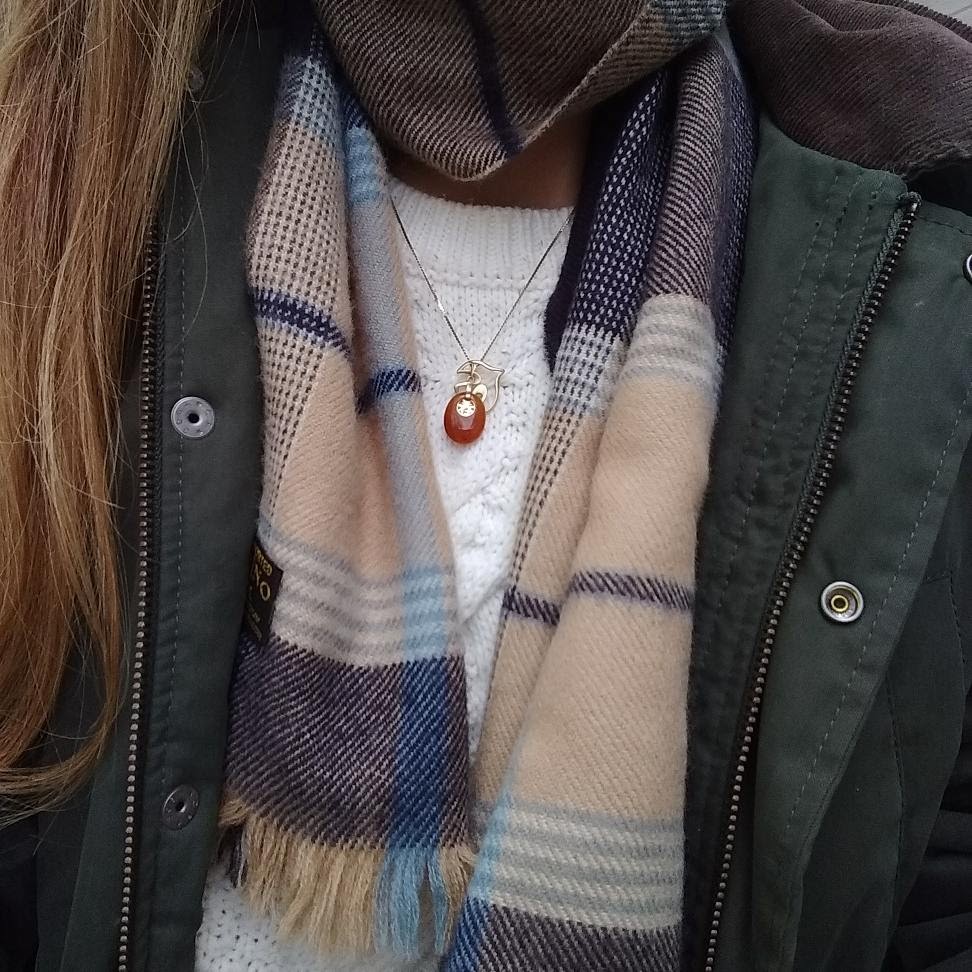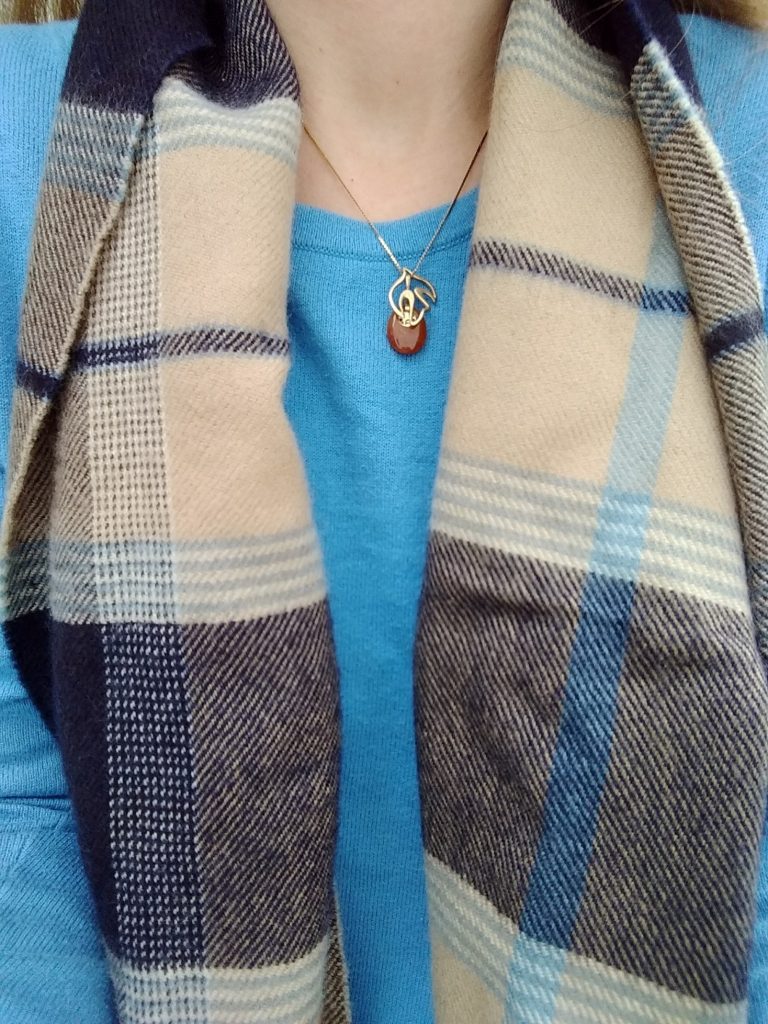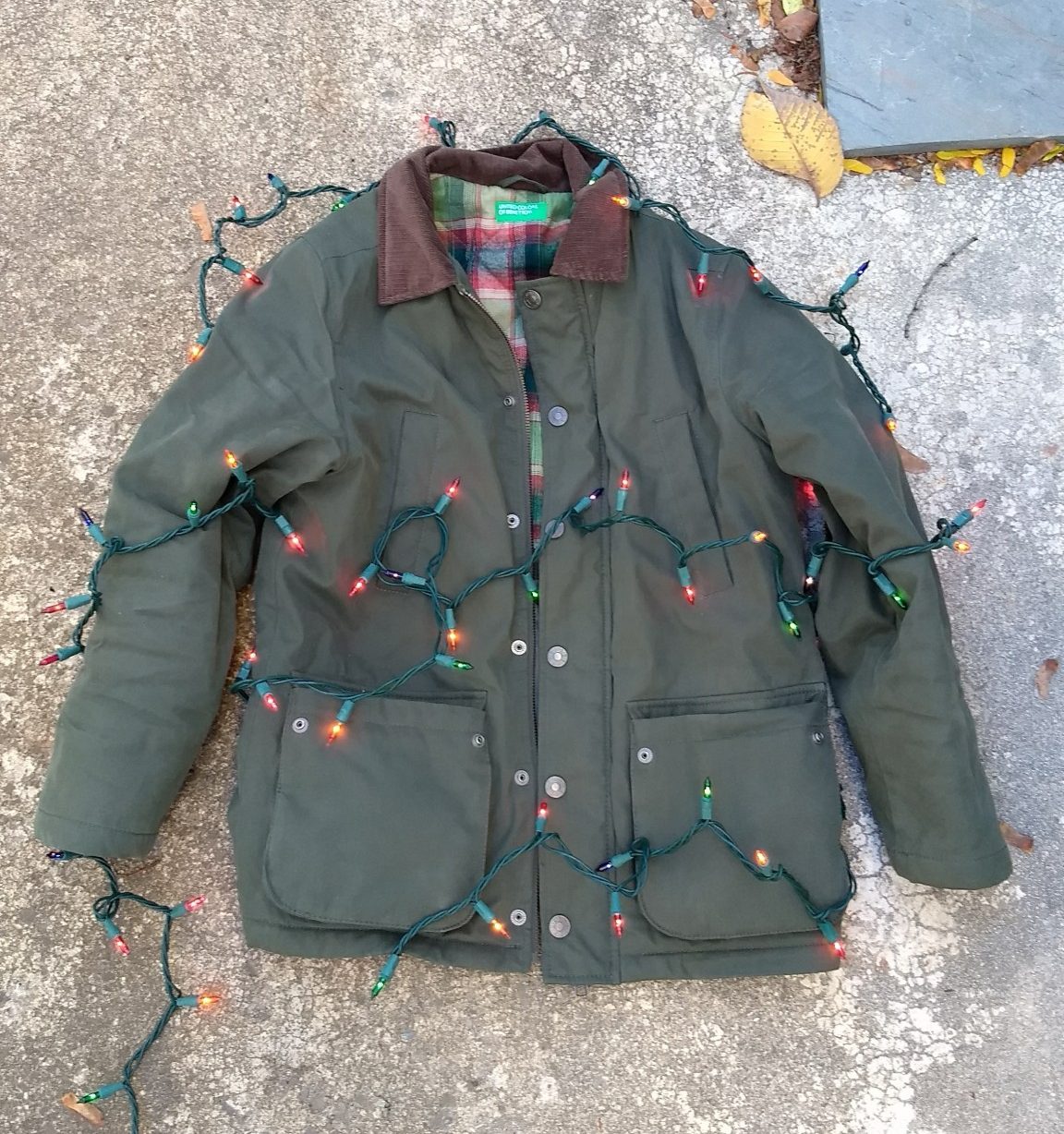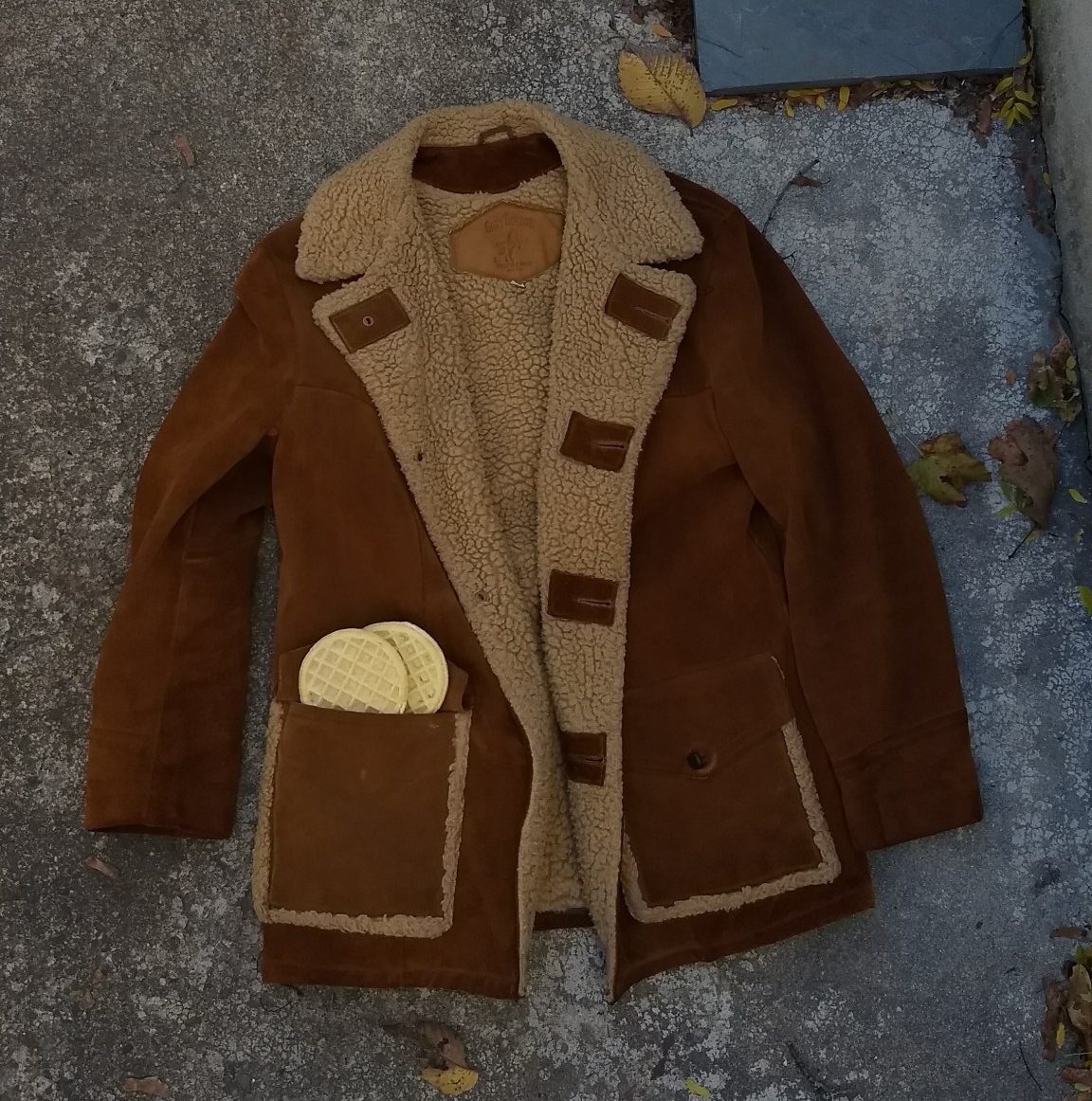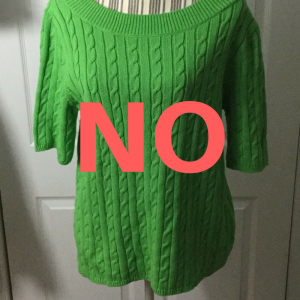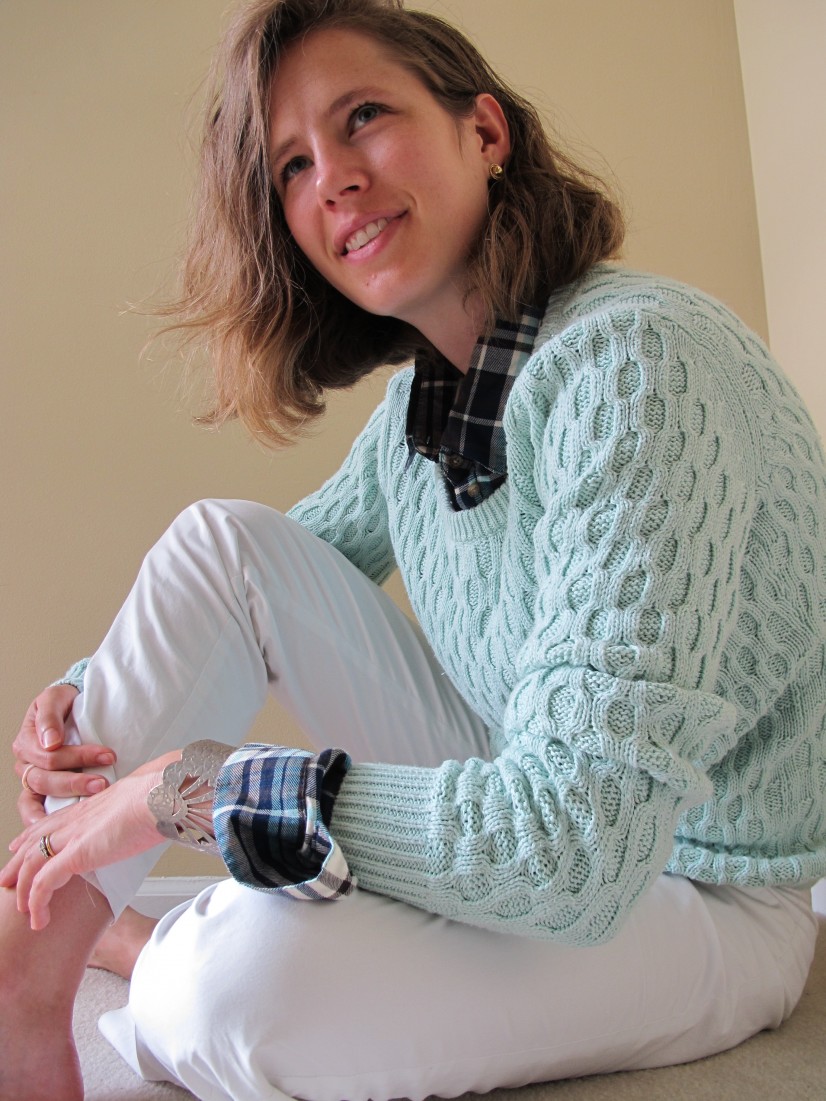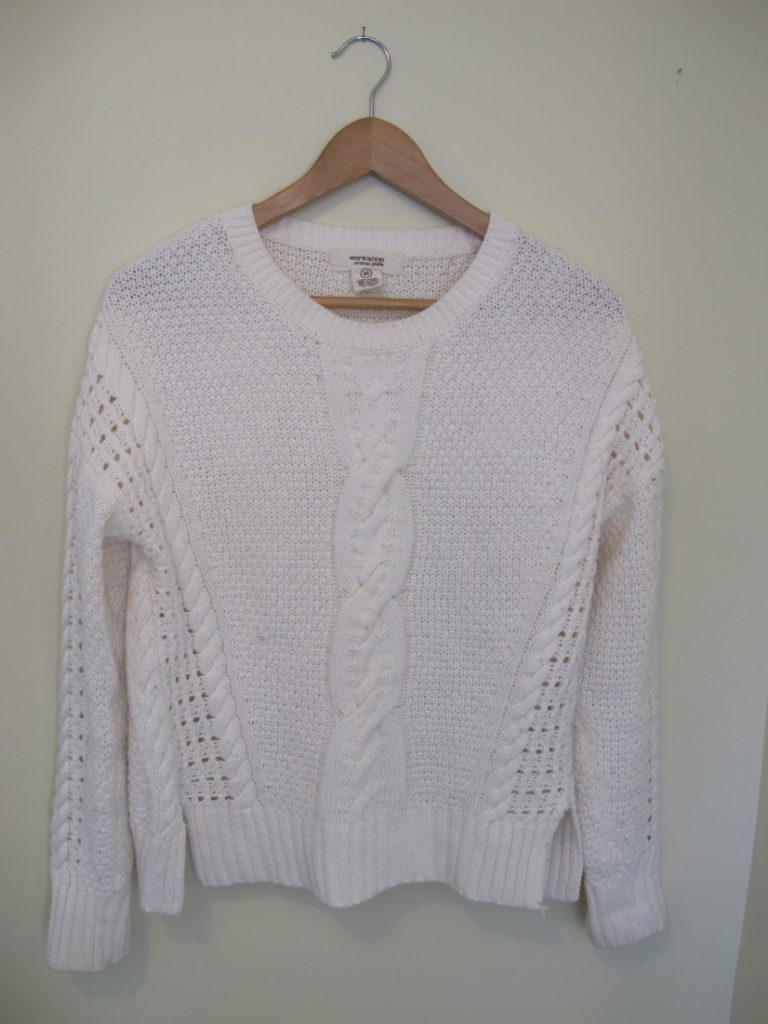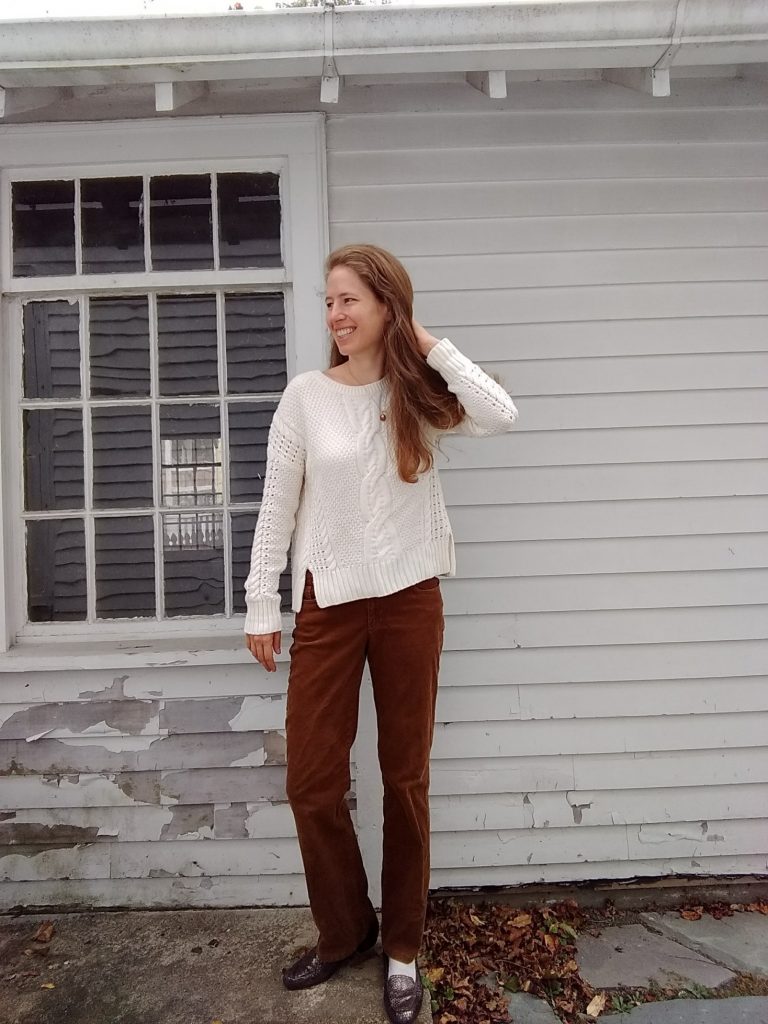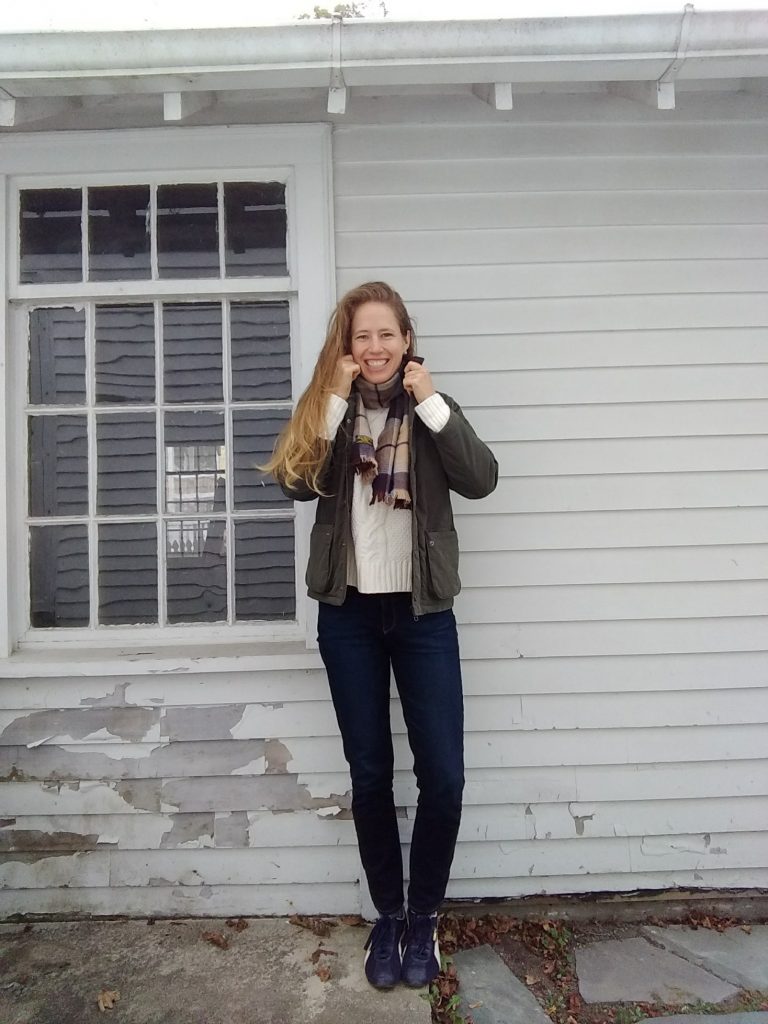Happy New Year, y’all! I’ve been busy with the holidays, travel, shoveling out from a cyclone bomb (whatever that means!), and reworking my thrifting game after getting my “colors” done – aka having a personal color analysis. This whole saga is on the long side, so I’ve broken it up into 2 posts with section headings to keep everything digestible. Enjoy!
I. Personal Color Analysis
Personal color analysis (PCA) has often been used as a fashion weapon to declare that people (usually women) with certain skin tones, hair or eye colors should or should not wear particular hues. So let’s just get this out of the way: you can wear whatever colors you damn well please.
If you’ve been reading here awhile, you know I’m not interested in following fashion rules just because someone decided that this or that cut, color, or style was flattering on a certain body type, skin color, etc. So often the word “flattering” is just toxic code for body-shaming, and I am not into that.
What I am into is knowing how lines, colors, and styles work so that I can play with them and decide how I want to use them to create a look I like – a look that feels like me.
For awhile now I’ve been wanting to use PCA as a source of knowledge that helps me pick out clothes I love and will wear. Too often I’ve thrifted something I really liked, only to leave it hanging in the closet because the color, actually worn on my body, made me feel blah, weighed down, too serious, or made me look like I hadn’t gotten enough sleep.
You know the feeling?
To figure out where I was going wrong, I started researching personal color analysis. PCA operates on the premise that everyone has certain hues that complement their complexion – and others that clash. It’s not about your mother telling you never to wear yellow (or always to wear blue), but rather finding out which yellows and blues go best with your unique skin, allowing you to make informed decisions about the colors you wear.
In my research I quickly learned that PCA has evolved a lot since the days of Color Me Beautiful. You might remember Color Me Beautiful as the four seasons style model where every blond was a “Spring” or a “Summer” and every person of color was an autumn. (Please. Like everyone with skin less pale than Cruella Deville’s has identical skin tone.)
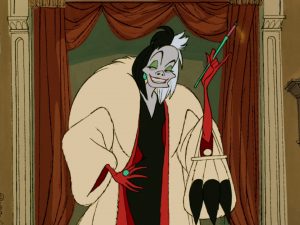
Nah.
II. 12 Blueprints
Some PCA systems are still based on the “what color are your skin + hair + eyes?” equation that often slots people into categories that don’t feel like “them.” 12 Blueprints, the PCA system I liked best, has 12 seasons instead of the classic four, and instead of being based on a surface-level equation, it involves meticulous comparison of different colors against your skin to see what value (light to dark), hue (warm to cool), and saturation (grayed out to pure color) light you up. It’s analyzing your skin’s undertone, which is different from, and harder to see than, the more obvious overtone that presents at face value (ahem, pun intended).
Because of my artist sister, I was already familiar with value/hue/saturation, so the color calibration behind this system made total sense to me. If you want to paint snow, you’re not just going to paint it white, you’re going to use lots of different whites with lots of different other colors mixed into them. Why wouldn’t human skin be just as complex, and just as responsive to variations in value/hue/saturation? (My sister would kill me if I didn’t point out that artists don’t say warm/cool; they say “more yellow” or “more blue.” But I digress.)
The other thing that made sense to me about 12 Blueprints’ approach? It insists that you can’t figure out your season from photographs or by description of features, but only in person. Is that frustrating for those of us who just want to look up some online tests and get an answer? Yes. Is it convenient for a PCA system that relies on in-person consultation by a paid analyst? Yep. But it also makes perfect sense. I look completely different in different photographs based on the lighting, time of day, etc., not to mention that cameras capture colors differently, and computer monitors display the exact same image differently based on their hardware and settings.
Plus, I had a hard time finding conclusive results based on online tests that all seemed utterly subjective. 12 Blueprints uses drapes specifically calibrated to help you (and the analyst) figure out if your undertone is cooler/warmer, darker/lighter, etc. So while it does rely on human eyes to make the final call, there’s a systematic series of comparisons to help arrive at that decision.
Some people, by the way, are much better at figuring out the colors that go with their complexions than I am – if you are naturally drawn to certain colors that make you come alive, that make your skin sing – good on you! I’m not so great at it and was done with guessing and wondering. I was also done with spending money (even thrift money) on clothes that just feel “off.”
III. Colors by Hope
So I started looking for an analyst, and lo and behold, I found Hope Turner just a few miles away from me. Two things I loved about Hope’s take on PCA: one, if a color you love to wear isn’t part of your “season,” who cares? Wear what makes you happy. Not only do I agree with that, but it let me know she didn’t take this whole thing too seriously. I felt like she wasn’t married to the system for its own sake but uses it because it gets the best results.
And two, Hope acknowledges that PCA as an industry has largely ignored people of color. Part of the reason she decided to learn 12 Blueprints’ method is that it treats people of any and all skin colors as unique individuals who come with their own glorious coloring, making it impossible to lazily slot everyone with brown skin into “autumn” or maaaaaybe “winter.”
A generous gift made it possible for me to book an appointment with Hope, and it was a blast. After chatting about the R2D2 jello mold hanging in her kitchen (a good omen) and making tea, Hope walked me through the basic scales we’d be talking about – the aforementioned value, hue, and saturation. She also walked me through the 12 seasons or tones – Bright Winter, Soft Summer, True Autumn, etc. Then we got to draping.
Draping consists of the analyst flipping back and forth between two large fabric swatches meant to help us decide whether I was more this or that on a particular scale. It’s done in front of a value/hue/saturation neutral grey to eliminate interference from other colors. Hope described what she was looking for – does the person in the mirror look more approachable in this color? More at peace? More outgoing? Does the drape overwhelm them, cause them to look ill or dull? Does it bring out redness or yellowness in the skin, or does it seem to balance the skin out? Etc.
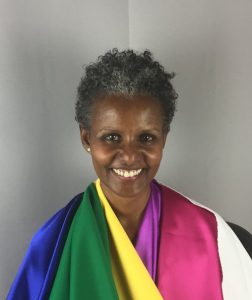
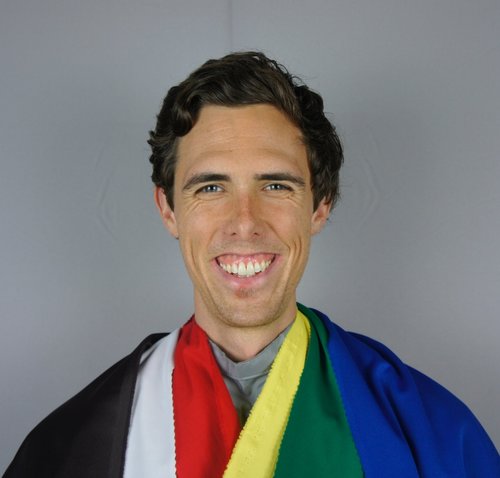
A couple of Hope’s clients with the drapes that work for them – credit.
IV. I get draped!
The process was pretty demanding, attention-wise – during a three-hour appointment, we spent the majority of the time draping. That’s a lot of looking at your face and trying to notice very subtle differences! Luckily Hope started off by saying that while she wanted my input and wanted me to see for myself the colors that worked (or didn’t), it was her responsibility to guide the session and to see and interpret subtle nuances she has been trained to analyze. (Each 12 Blueprints analyst does 20 case studies in training and Hope has had many more clients beyond that.)
So I tried to relax and enjoy. Inside, though, I was nervous – was I going to end up with a season whose colors I hated? What if I disagreed with Hope?
Because my skin often looked yellow to me, I figured I was some sort of Spring, one of the “warm” (aka yellow-er) seasons. But I had read enough on the 12 Blueprints website to know that I could very well be wrong. And I had also read enough to know that when someone is surprised by their season, it can take awhile to live into it – to really feel like these colors are “you.” (If you never feel at home in your assigned colors, you were probably mis-analyzed, which luckily doesn’t seem to happen much with the 12 season calibrated drapes approach.) I could, of course, keep wearing whatever I wanted – but the reason I was doing this was to find out which colors really enhanced my complexion, and I didn’t really want those colors to be colors I disliked – say, icy greys or baby pinks.
Here was the most interesting part of the process – Spring colors looked okay on me (better than pure black/white or the deep tones of winter), but they also made my face look yellow. This didn’t strike me as necessarily bad – I was used to seeing my skin look yellow compared to my husband’s and my kid’s, and even yellow in the mirror – which I read as sort of “healthy tan.”
Turns out, though, that only people whose skin doesn’t fall into the Spring categories look yellow in those colors. When the Summer drapes came around – particularly the Light Summer drapes – the yellow disappeared, the red splotchiness in my skin cleared out, and I was left looking like my skin made sense:
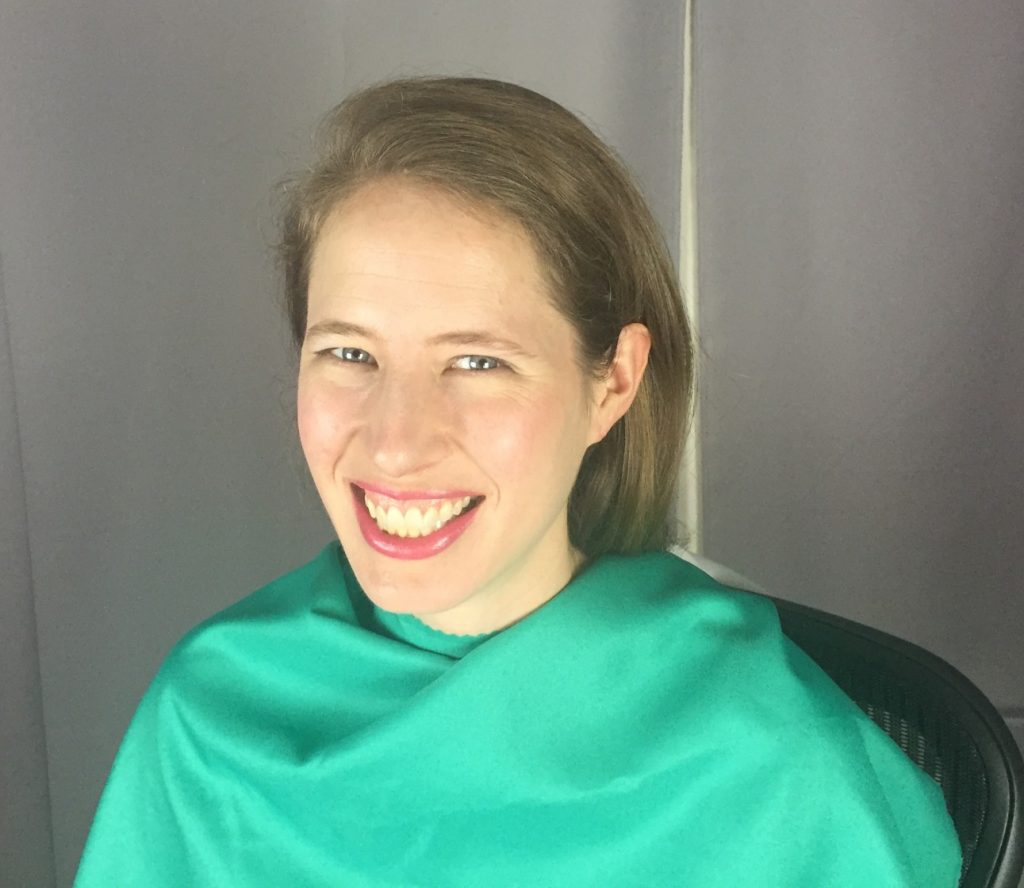 I know I just got done telling you that photographs shouldn’t be relied upon for color analysis, but I hope you get a sense of how evenly harmonious my skin looks against this Light Summer drape. It was certainly obvious in person!
I know I just got done telling you that photographs shouldn’t be relied upon for color analysis, but I hope you get a sense of how evenly harmonious my skin looks against this Light Summer drape. It was certainly obvious in person!
After we eliminated the drapes of all the other seasons (particularly Light Spring and True Summer, which are Light Summer’s next-door neighbors), everything just sort of settled in and glowed with the Light Summer colors:
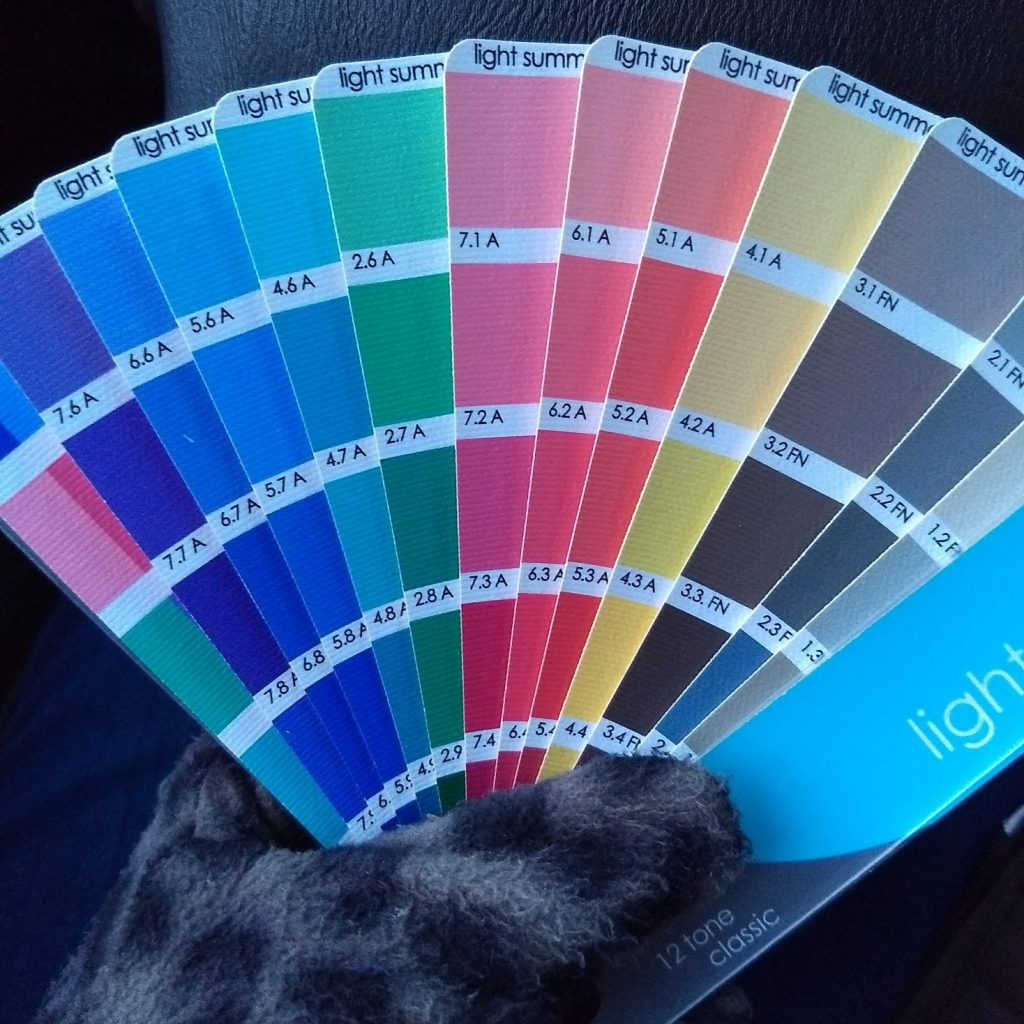 Decent-ish pic of the colors, taken on my cell phone in fading light. So, you know, don’t take it as a perfect representation.
Decent-ish pic of the colors, taken on my cell phone in fading light. So, you know, don’t take it as a perfect representation.
Hope walked me through what kind of makeup works for Light Summers, and we had a fun makeup application session. (For those who don’t really wear or like makeup, that part is optional – though you might find you like the makeup that actually goes with your face!) I tried a less-orange foundation, though Hope commented that what I usually wear should work because it blends right into the overtone of my skin, which, again, is different from the undertone. My shimmery, warm, light bronze eyeliner got swapped for slate grey and my coral lipstick switched out for more of a berry color – again, exchanging warmer colors for cooler ones. I was afraid “cooler” colors would look greyed out or pale on me, but then remembered that only people who aren’t Summers look greyed out in the somewhat muted Summer colors.
We took some pictures of me draped in my new colors (see Hope’s Instagram for more), and then Hope gave me my swatch book: 65 colors that harmonize with Light Summer undertones and that can be used to find clothing and makeup that harmonizes, too. She taught me how to drop the swatchbook onto the sweaters I had brought with me to see whether the colors on the swatchbook and the garment light each other up, or just look like awkward neighbors or mere background. Spoiler alert: only my scarf and one of the five sweaters I brought along really sang next to my Light Summer colors.
Overall Hope was warm, friendly, professional, able to put me at ease through what could have been a daunting process – and we had FUN! It’s almost magic to watch as you move closer and closer to colors that make your face come alive, and it felt great to finally know not only which clothing colors did that but also why lipstick has never looked right on me and what to do about it. On the drive home I couldn’t stop smiling in the mirror – everything popped!
You can read about how I’ve been easing into my new colors and what thrifting is like with a whole new set of criteria here.
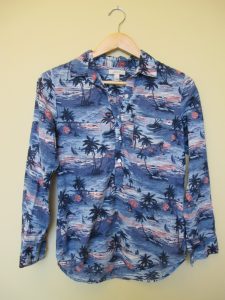
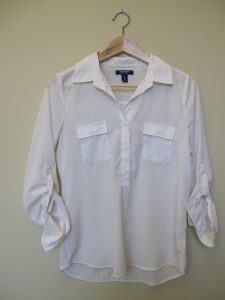
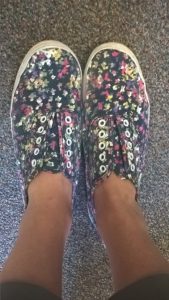
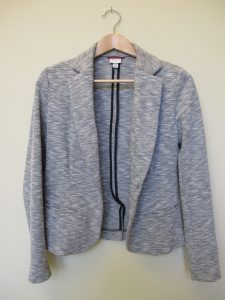
 Top to bottom: yep; maybe; nope (True Summer, I think)
Top to bottom: yep; maybe; nope (True Summer, I think)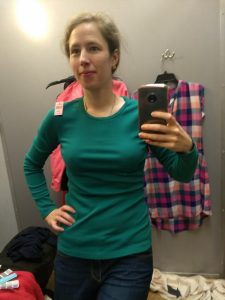
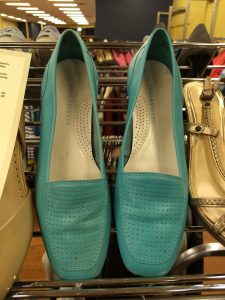
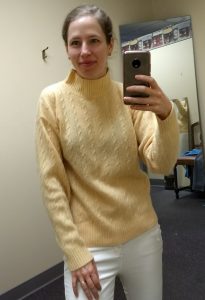
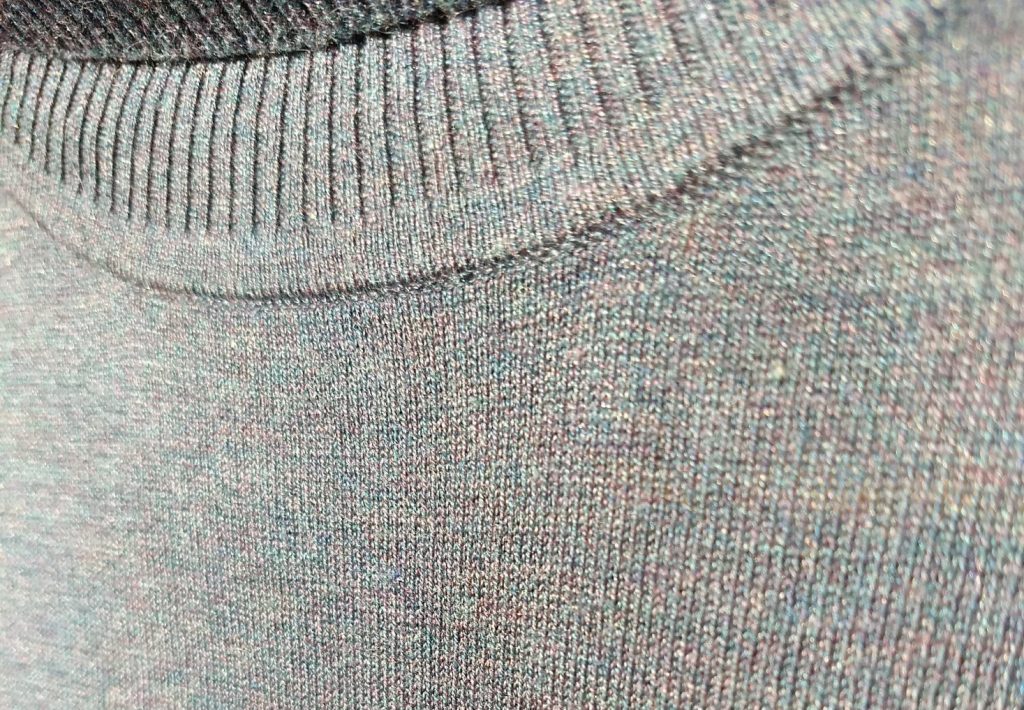
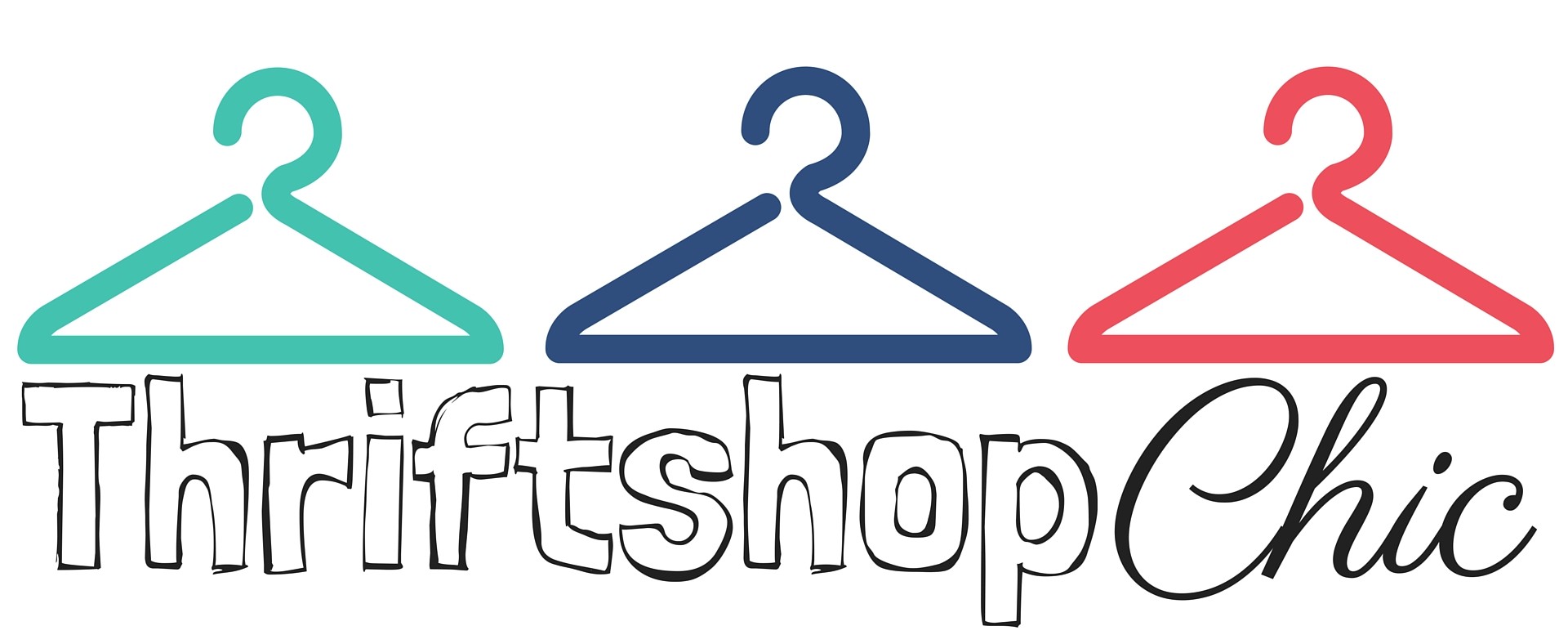
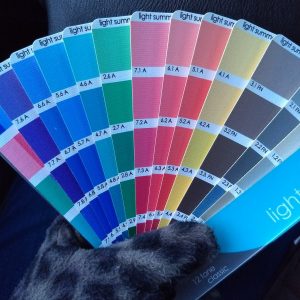
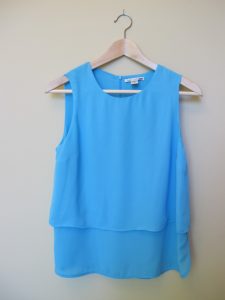
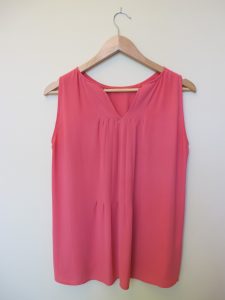
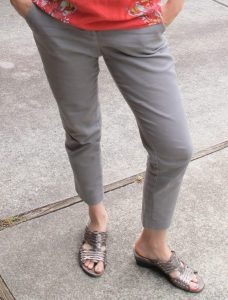
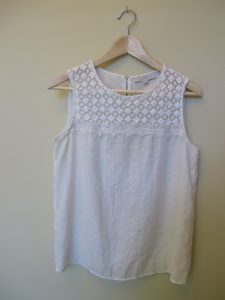
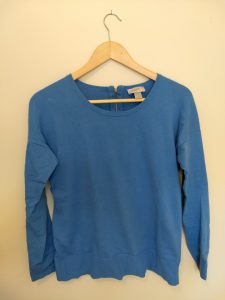
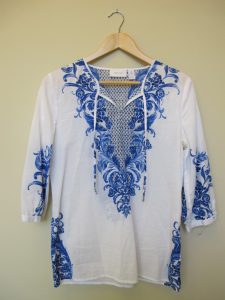
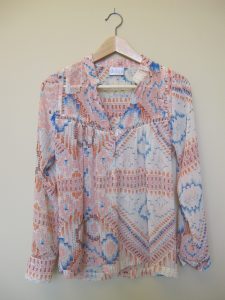
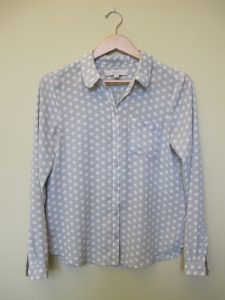
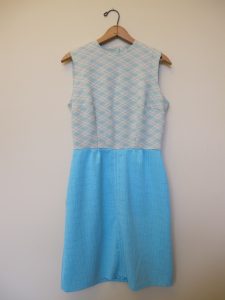
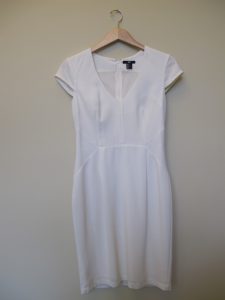
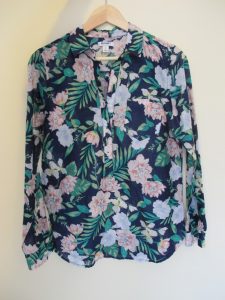
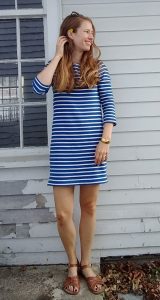
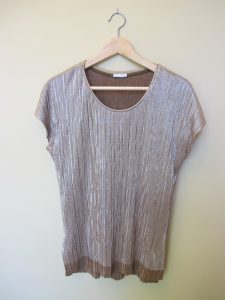
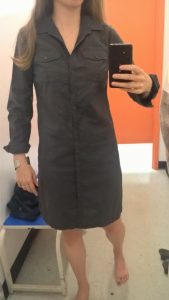
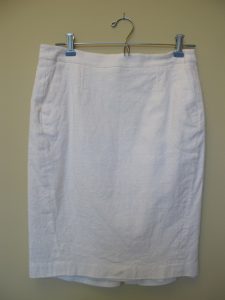
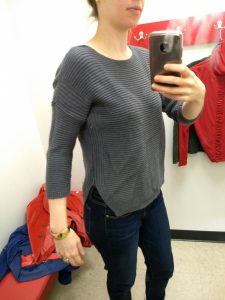
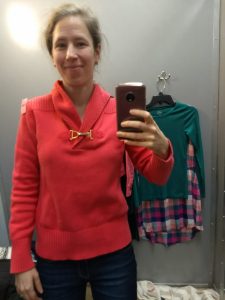
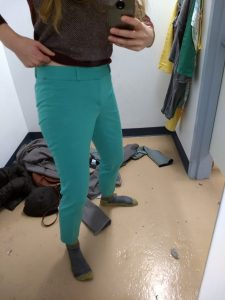
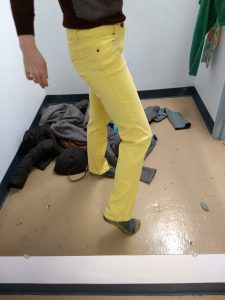
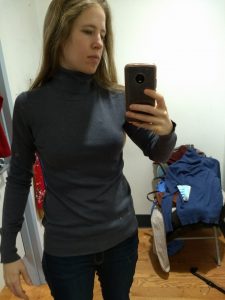
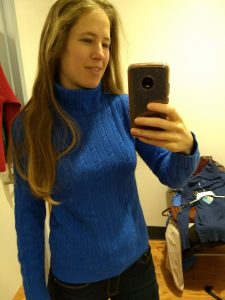
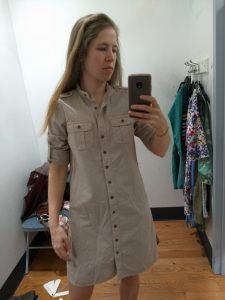
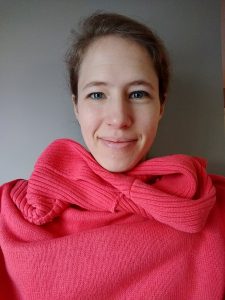
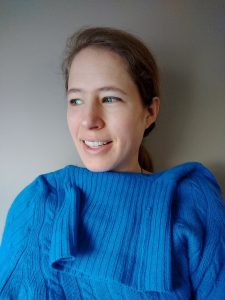





 Decent-ish pic of the colors, taken on my cell phone in fading light. So, you know, don’t take it as a perfect representation.
Decent-ish pic of the colors, taken on my cell phone in fading light. So, you know, don’t take it as a perfect representation.